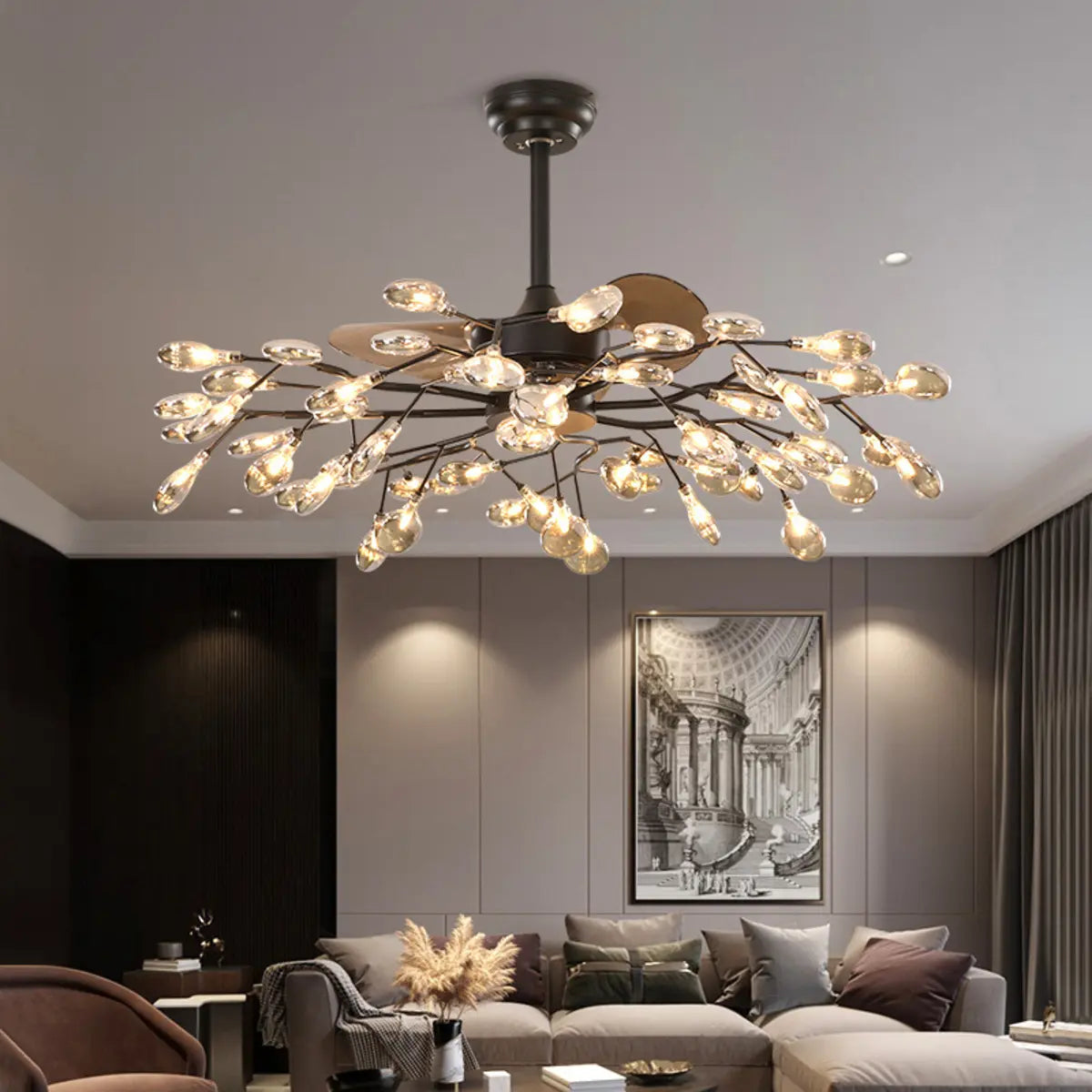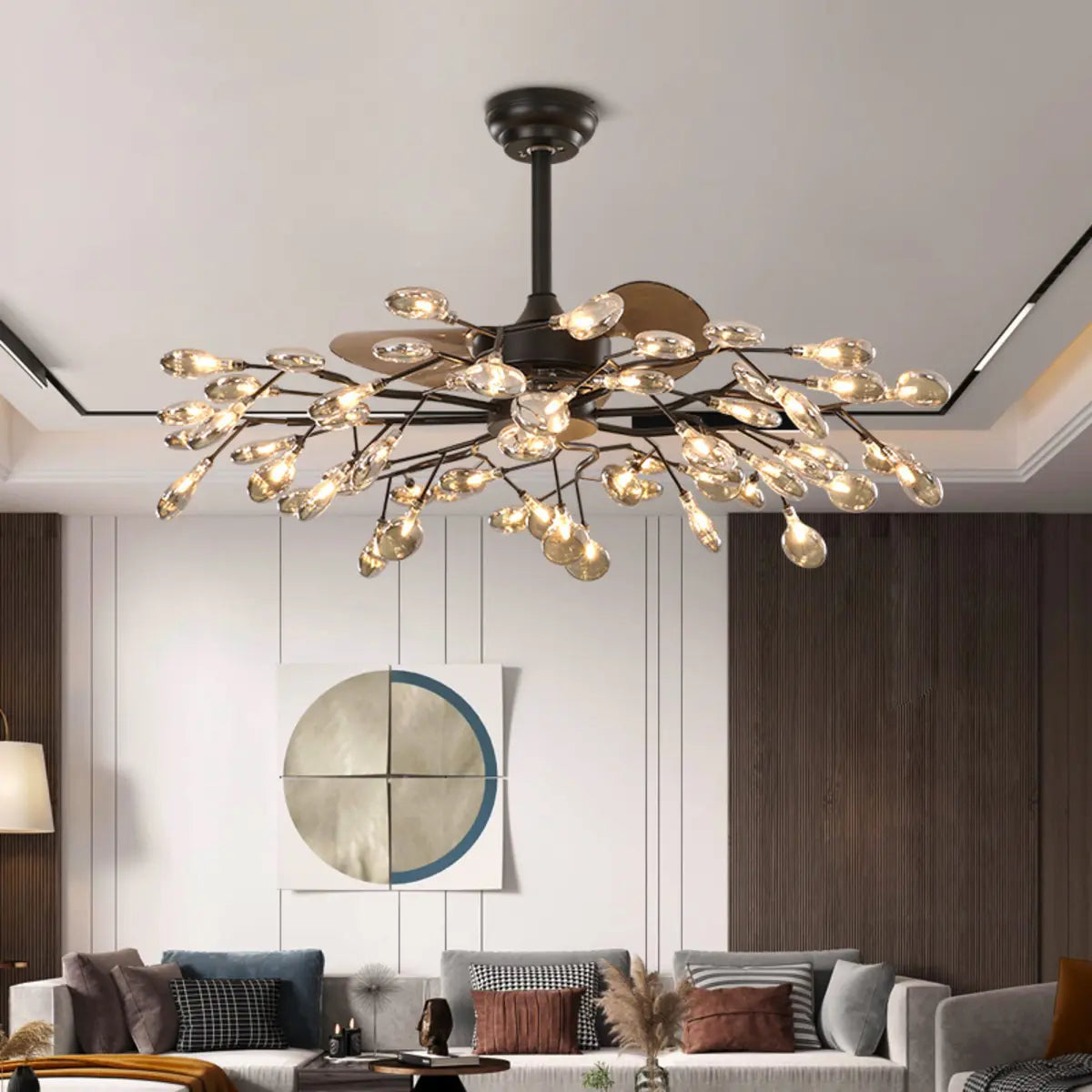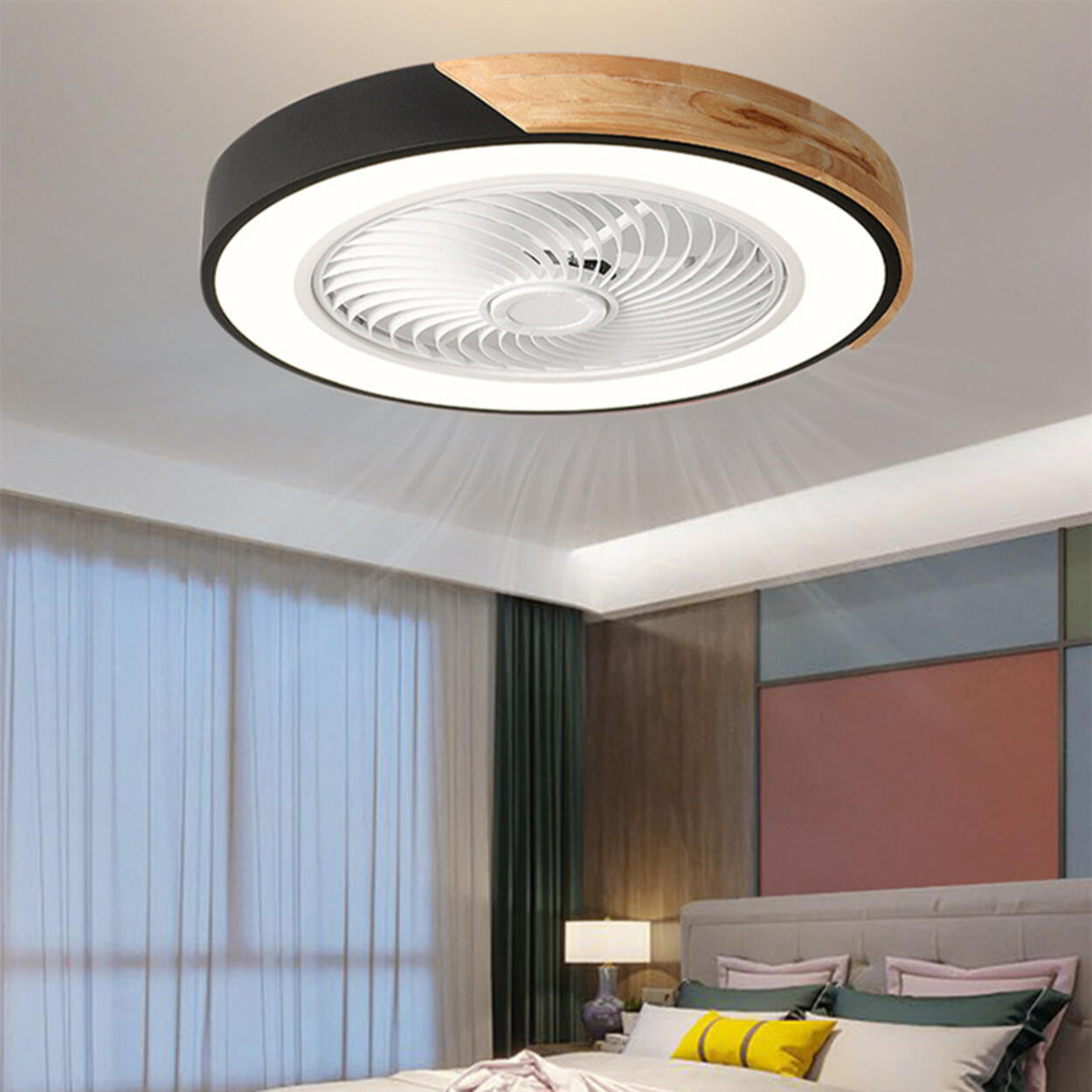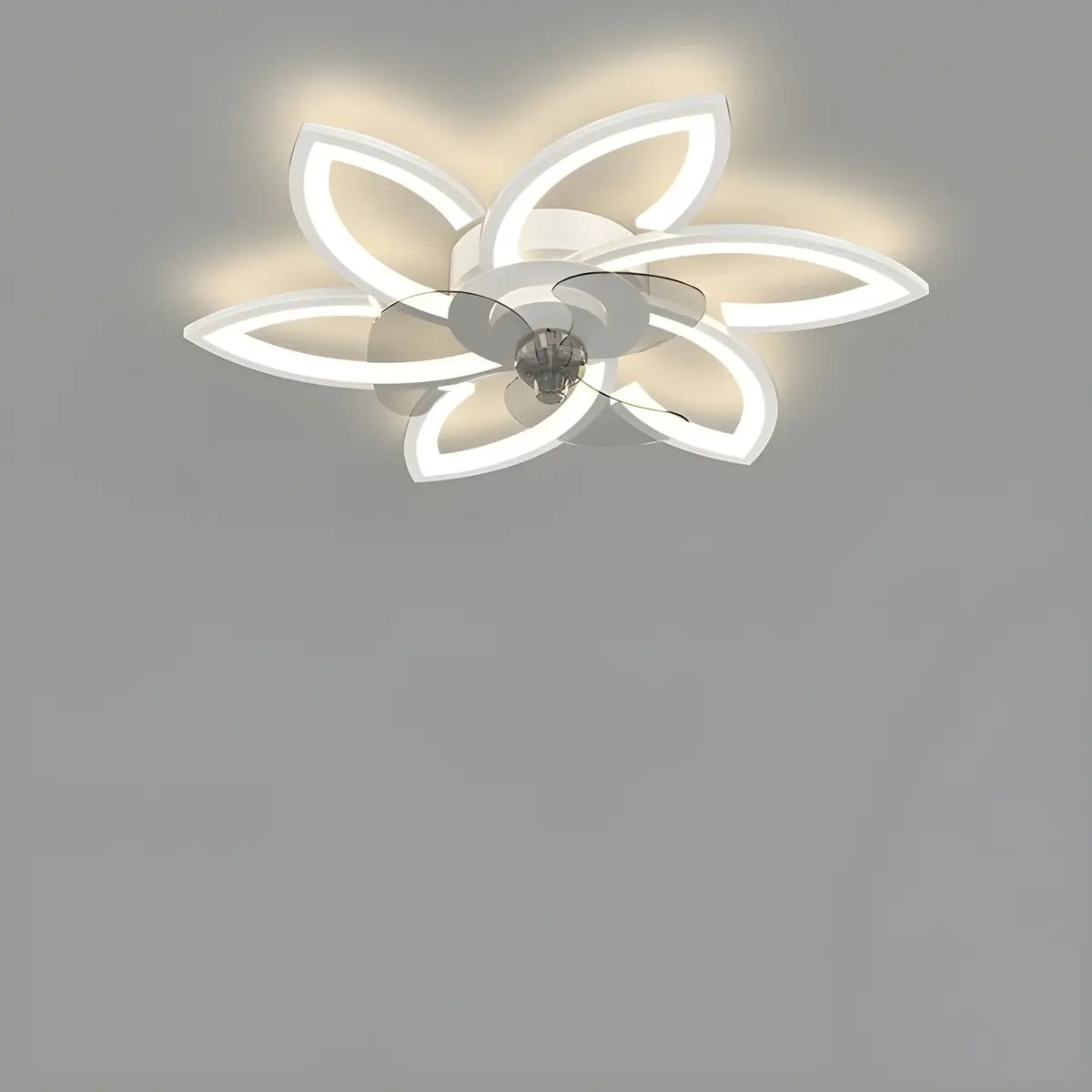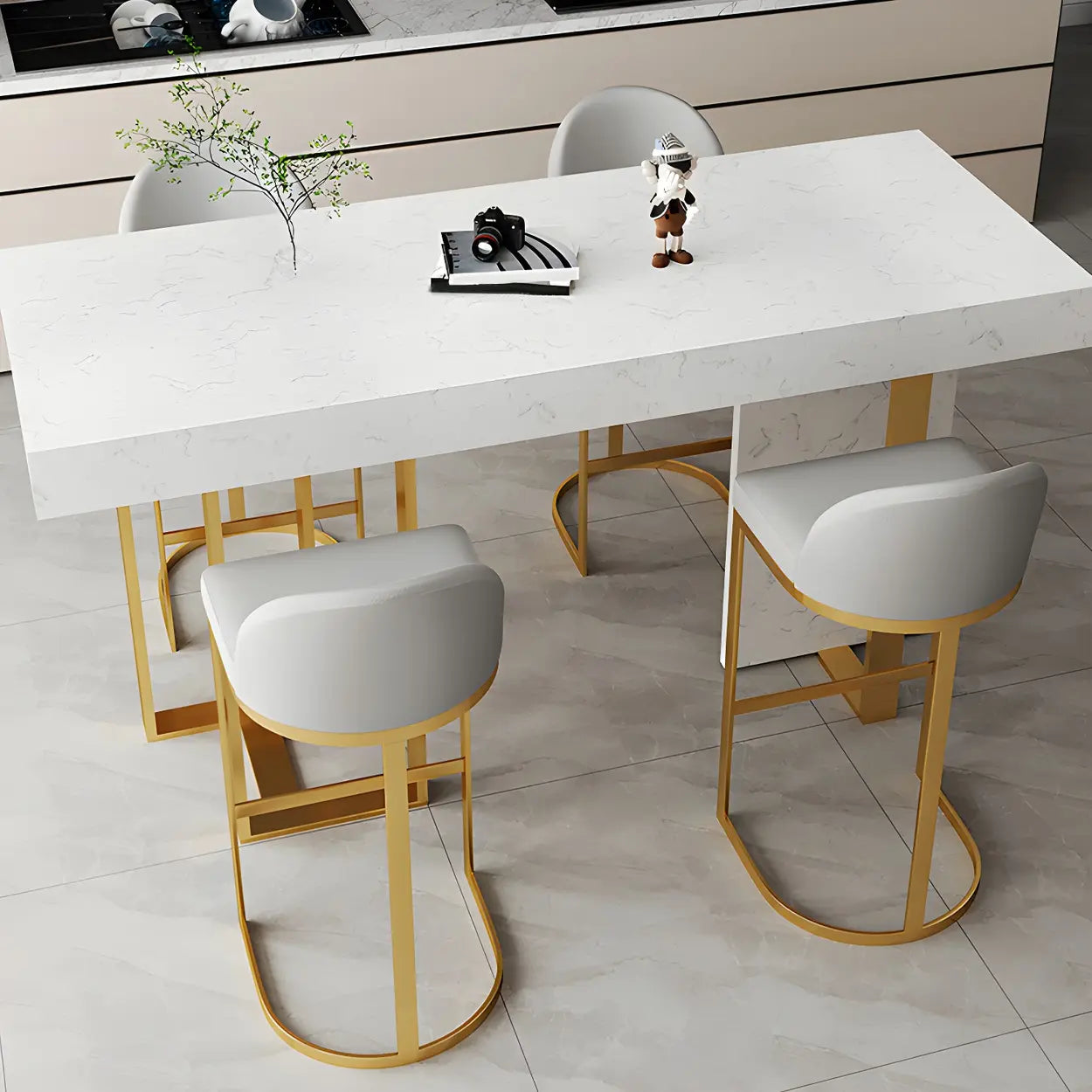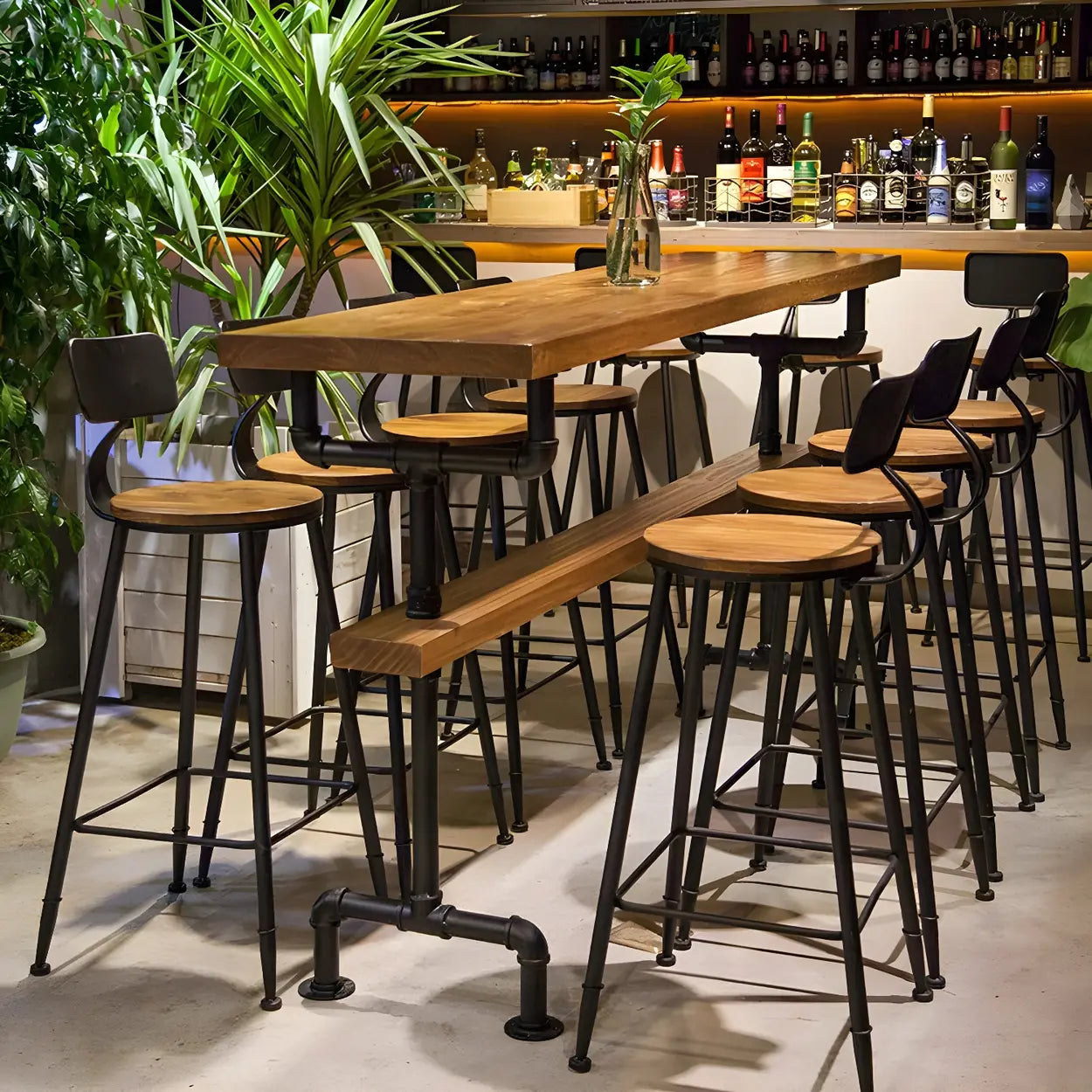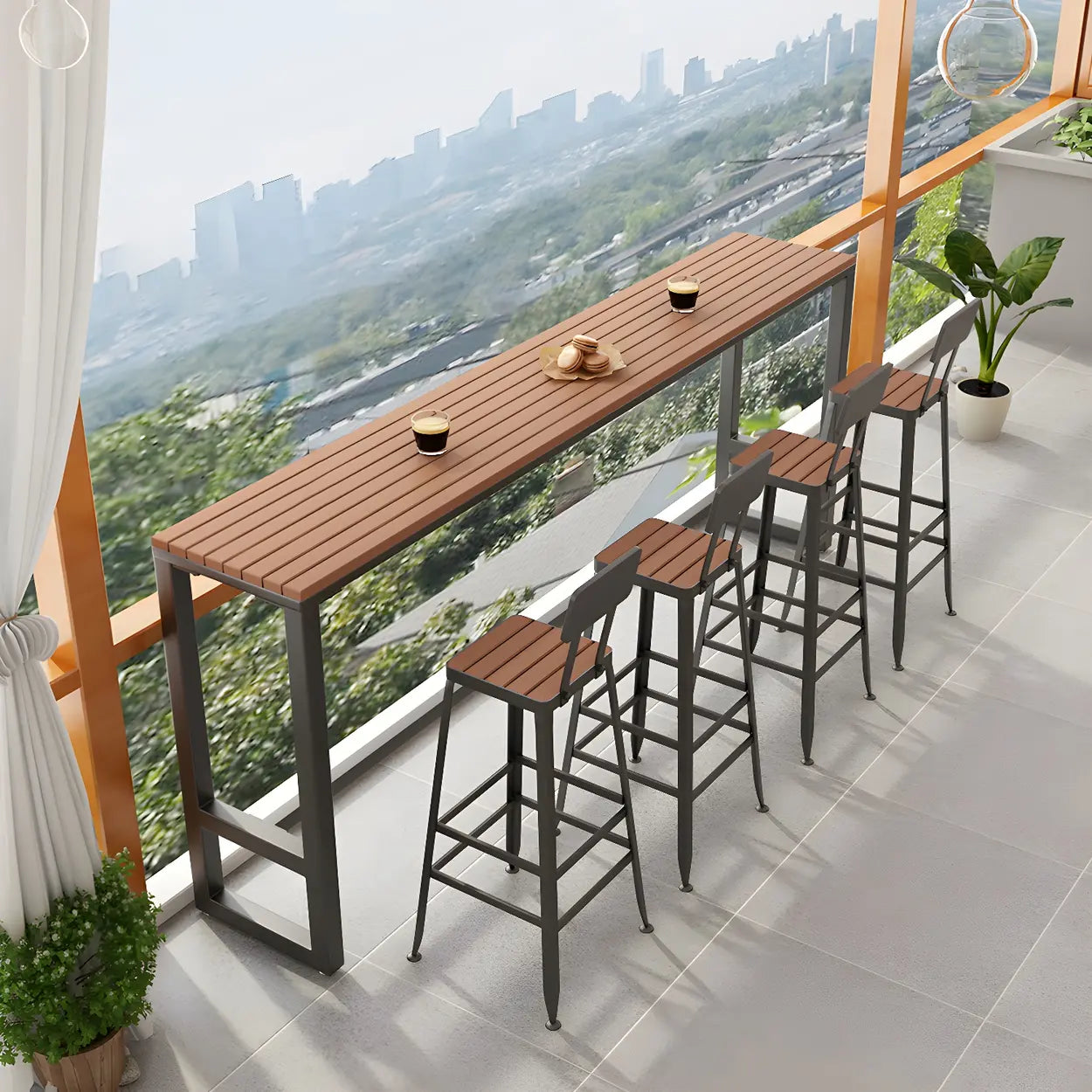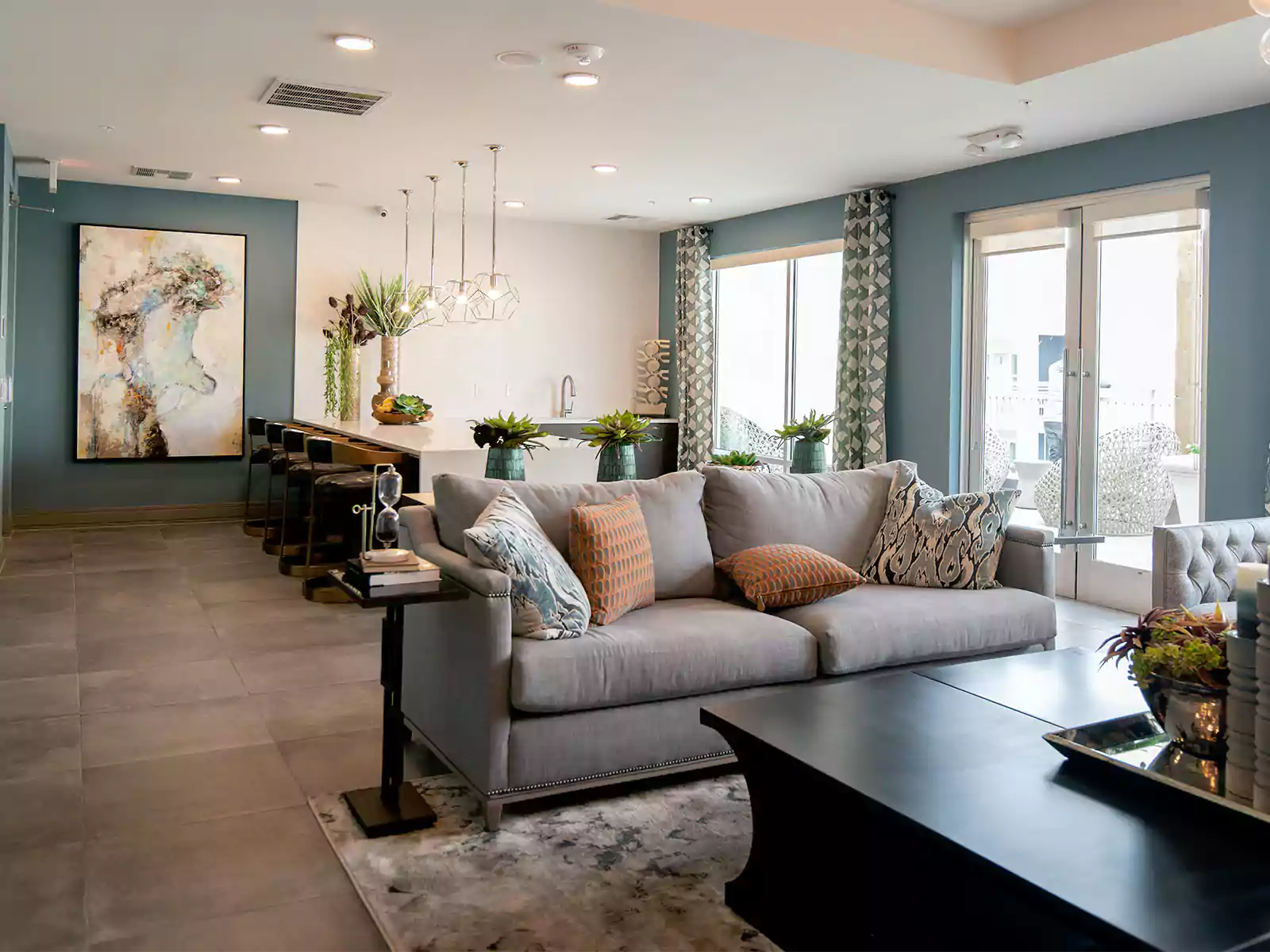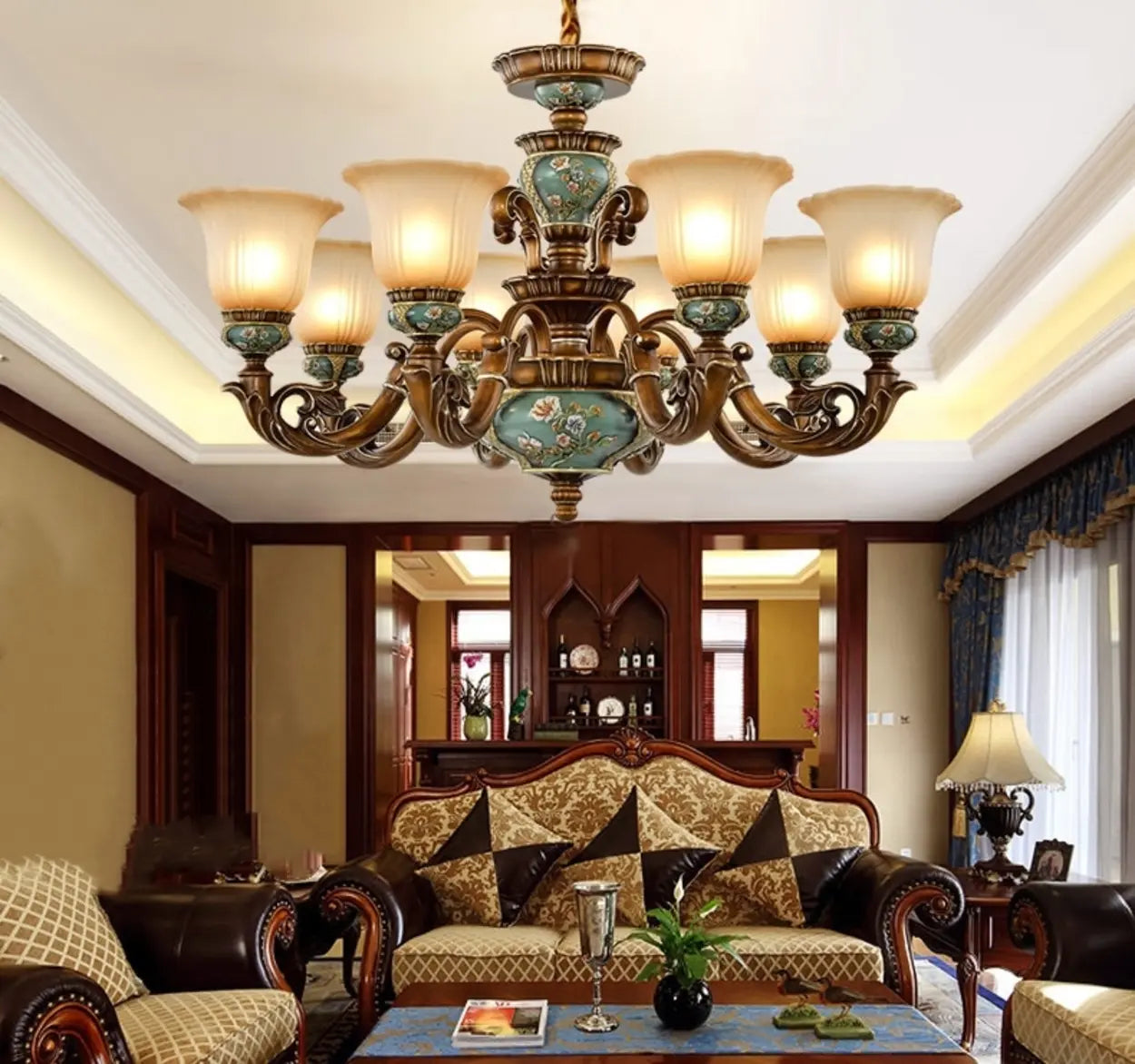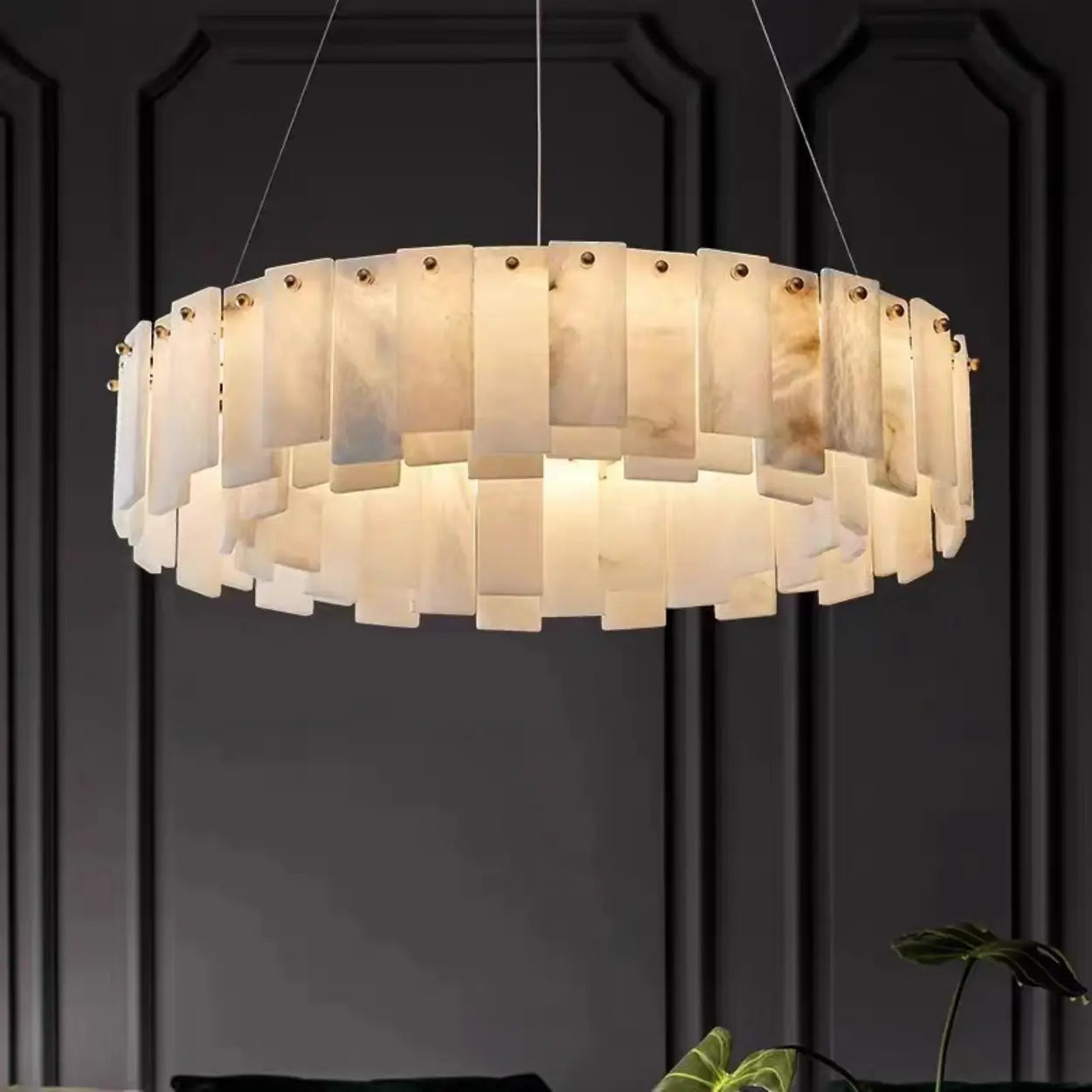Your sofa is the energetic anchor of your living room. In feng shui, how you place it is critical-it sets the tone for your entire home. Proper sofa placement invites harmony, stability, and good energy (Qi) into your life. Poor placement, however, can create subconscious stress and block good fortune. Here are seven essential rules to get it right.
Table of Contents
1. Your Sofa Needs a Solid Wall Behind It
The most important rule for sofa placement is to put it against a solid wall. In feng shui, this wall acts like a "backing mountain" (Kao Shan), which gives you a powerful feeling of security and support in life. When your back is protected, you can truly relax. Never place your sofa with its back to a window, a door, or a busy hallway. This "floating" position leaves you feeling exposed and uneasy, making it hard to feel stable and at rest.

2. Keep Your Sofa Out of Line with the Front Door
Your sofa should never be placed in a direct, straight line with your home's front door. The front door is the "Mouth of Qi," where all the energy from the outside world rushes into your home. If your sofa is sitting directly in this path, it gets blasted by this fast-moving energy. In feng shui, this is known as a "direct clash," and it disrupts the calm, stable atmosphere you want in your living room. This harsh energy flow can make it difficult to relax, create financial instability, and lead to a sense of the family feeling "scattered" or restless.
3. Arrange Your Seating in a Welcoming "U" Shape
The shape of your sofa arrangement is just as important as its placement. A straight, single-line sofa is not ideal. Instead, you should always try to create a curved or "U" shaped layout, perhaps by using a sectional or adding armchairs. This U-shape acts like a pair of embracing arms, creating a welcoming area where positive energy (Qi) can gather and settle. The center of this "embrace" becomes a powerful spot that helps the family connect and can attract prosperity.

4. Never Sit Under an Exposed Ceiling Beam
Many people intuitively feel this is wrong, and feng shui confirms it: you must avoid placing your sofa directly under an exposed ceiling beam. This setup is known as "beam oppression." It creates a constant, unseen downward pressure on anyone sitting below, which can lead to headaches, chronic stress, and a feeling of being held down in life. Over time, this negative energy can significantly harm the health and overall fortune of the family.
5. Avoid Placing Your Sofa in a "Negative" Zone
Your sofa is where you go to rest and recharge, so you must not place it in an "inauspicious" or negative spot in the room. The most common "negative" zone to avoid is any area near or directly facing a bathroom door. In feng shui, bathrooms have a draining, downward-flushing energy that you do not want contaminating your main relaxation area. Instead, try to find the "auspicious" or "lucky" spot in your living room for your sofa. Placing it there will help the whole family absorb positive, vibrant energy, leading to better health and peace.
6. Your Coffee Table Must Be Lower Than Your Sofa
The relationship between your sofa and coffee table is critical. The sofa is the "host" (the primary "mountain" energy) and the coffee table is the "guest" (the secondary "water" energy). For harmony, the coffee table must always be lower than the sofa's armrests-ideally, it should be no higher than your knees when you sit. A table that is too high is considered "oppressive" and will create a chaotic, unbalanced energy in the room, violating the proper order of things.

7. Avoid Mismatched Sofa Sets
Your sofa set should be complete and unified. Avoid "mixing and matching" different styles, such as pairing half a set with another piece, or combining a very square sofa with a very round one. This kind of mismatch creates a chaotic and jumbled energy field in the living room, making it difficult for harmonious energy to gather. This can lead to family disagreements and a sense of division. Choosing a complete, matching set ensures the room's energy field is orderly and unified, which promotes better luck and family harmony.
Conclusion
You don't have to be a feng shui master to feel the benefits of good design. These principles are not about rigid rules but about creating a space that feels instinctively safe, harmonious, and supportive.
Your sofa is the energetic anchor of your living room. By making even one or two of these adjustments-like ensuring it has a solid wall for support-you can dramatically shift the feeling of your space. You're not just decorating; you're intentionally building a foundation for a home that nurtures your well-being, calms your mind, and welcomes good fortune.
FAQ
Where should a sofa be placed in Feng Shui?
Where should a sofa be placed in Feng Shui?
The ideal placement is against a solid wall, which provides a sense of security and "backing" in your life. This spot should ideally be in the "commanding position," where you are facing the room's main entrance but are not in a direct line with it. This allows you to see who is entering (offering a sense of control) without being hit by the "clashing" energy from the doorway.
What color couch is good for Feng Shui?
What color couch is good for Feng Shui?
For a sofa, the best colors are generally warm, neutral "Earth" tones. Think beige, sand, light brown, soft grays, or creamy off-whites. These colors are grounding, nourishing, and stable, which is the exact energy you want for a place of rest and family connection. They create a foundation of calm and can be easily balanced with other elemental colors (like blue or red) in your pillows and throws.
What colors should be avoided in Feng Shui?
What colors should be avoided in Feng Shui?
While no color is inherently "bad," it's generally best to avoid overly strong or jarring colors for a large piece like a sofa, as they can disrupt the room's calm. For example, an overly bright red might create too much aggressive energy, and a very dark blue could feel too heavy or draining in some spaces. It's usually better to use these intense colors as smaller accents.

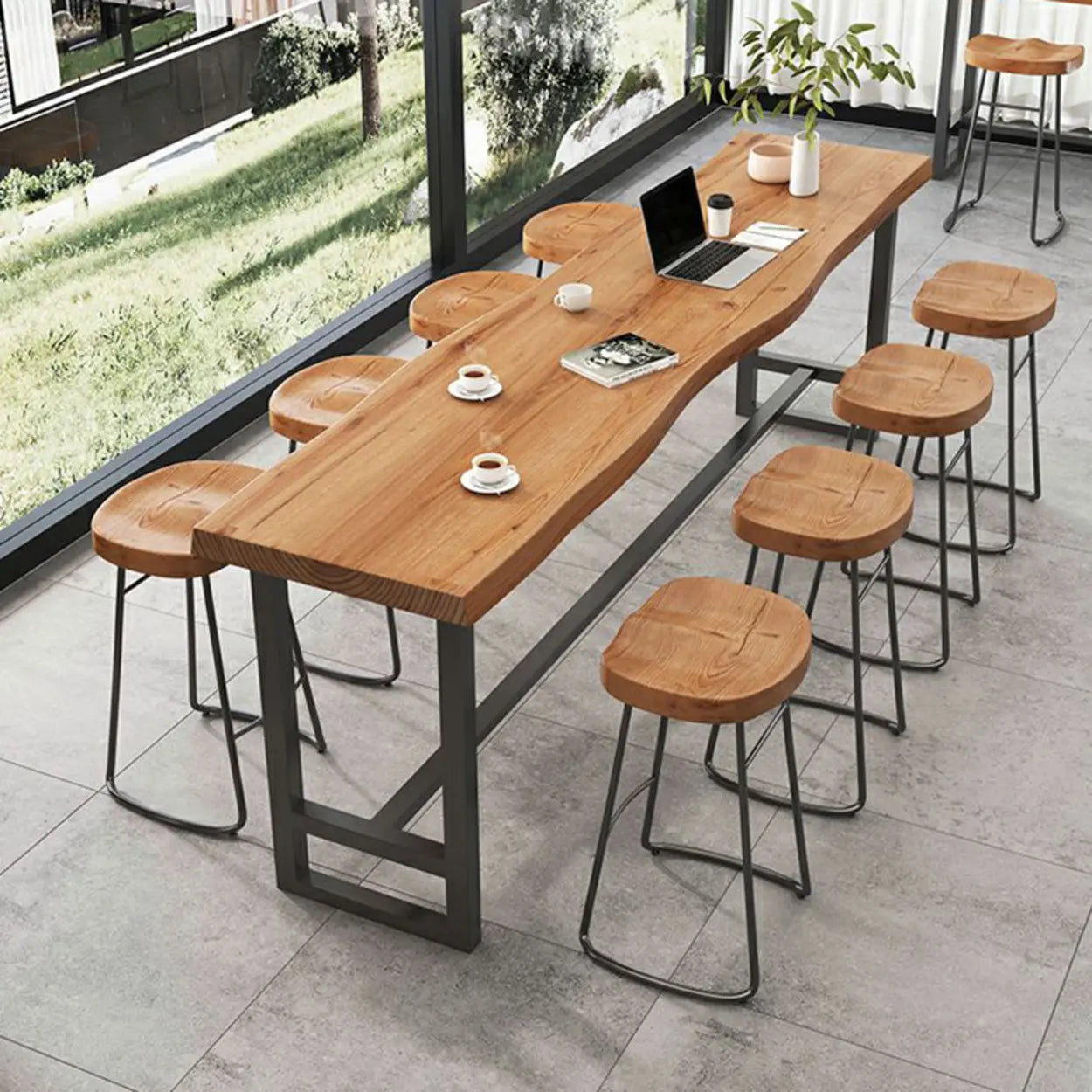
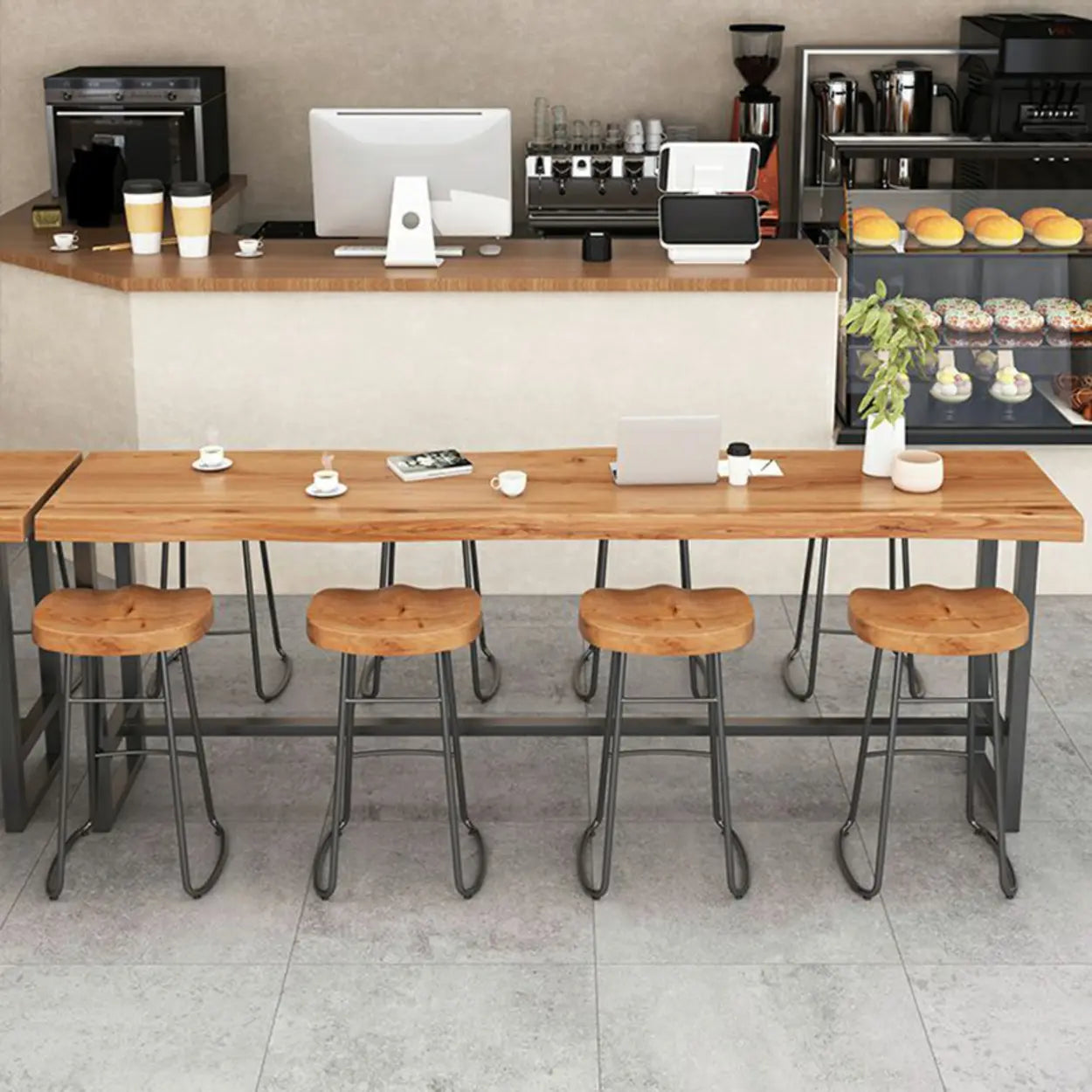
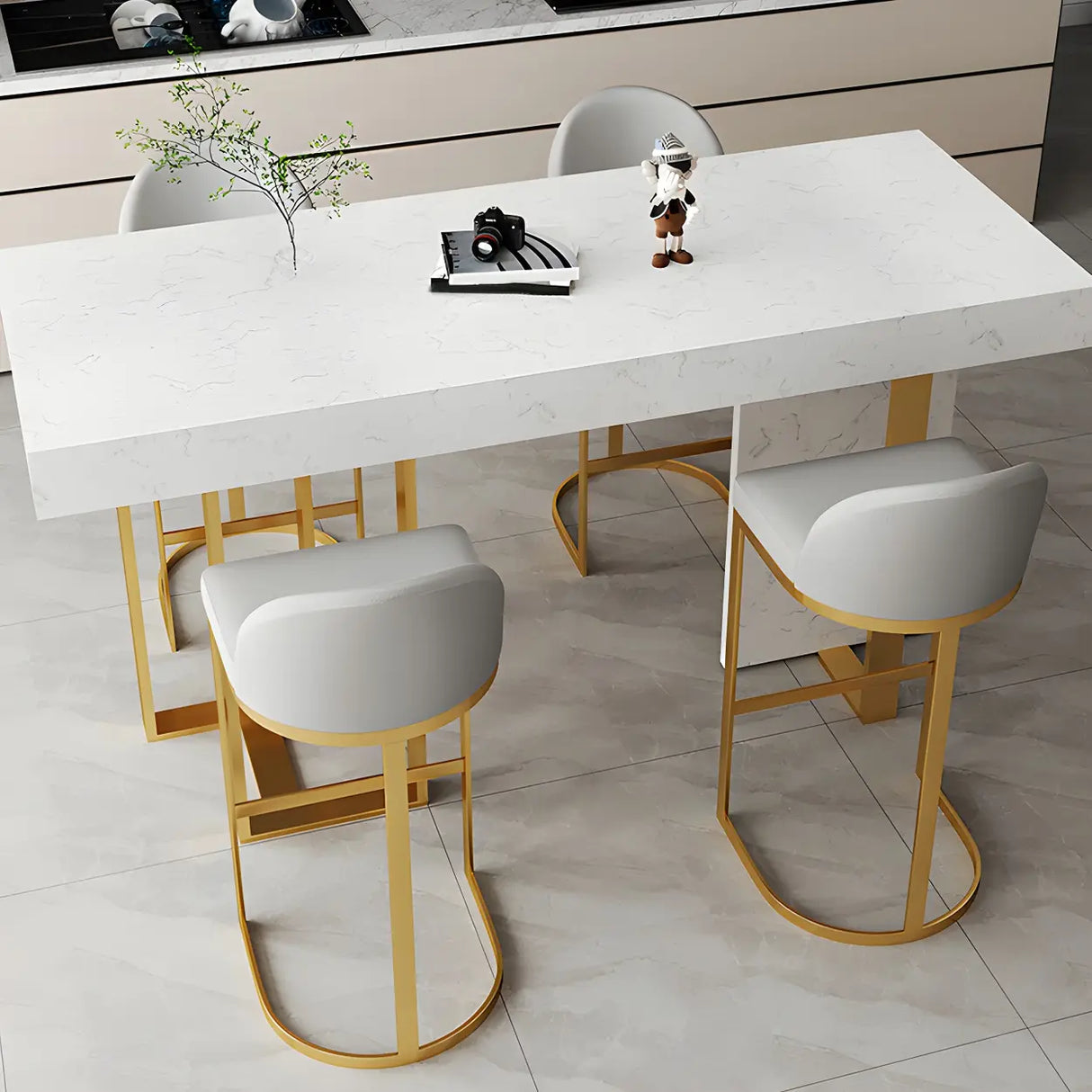
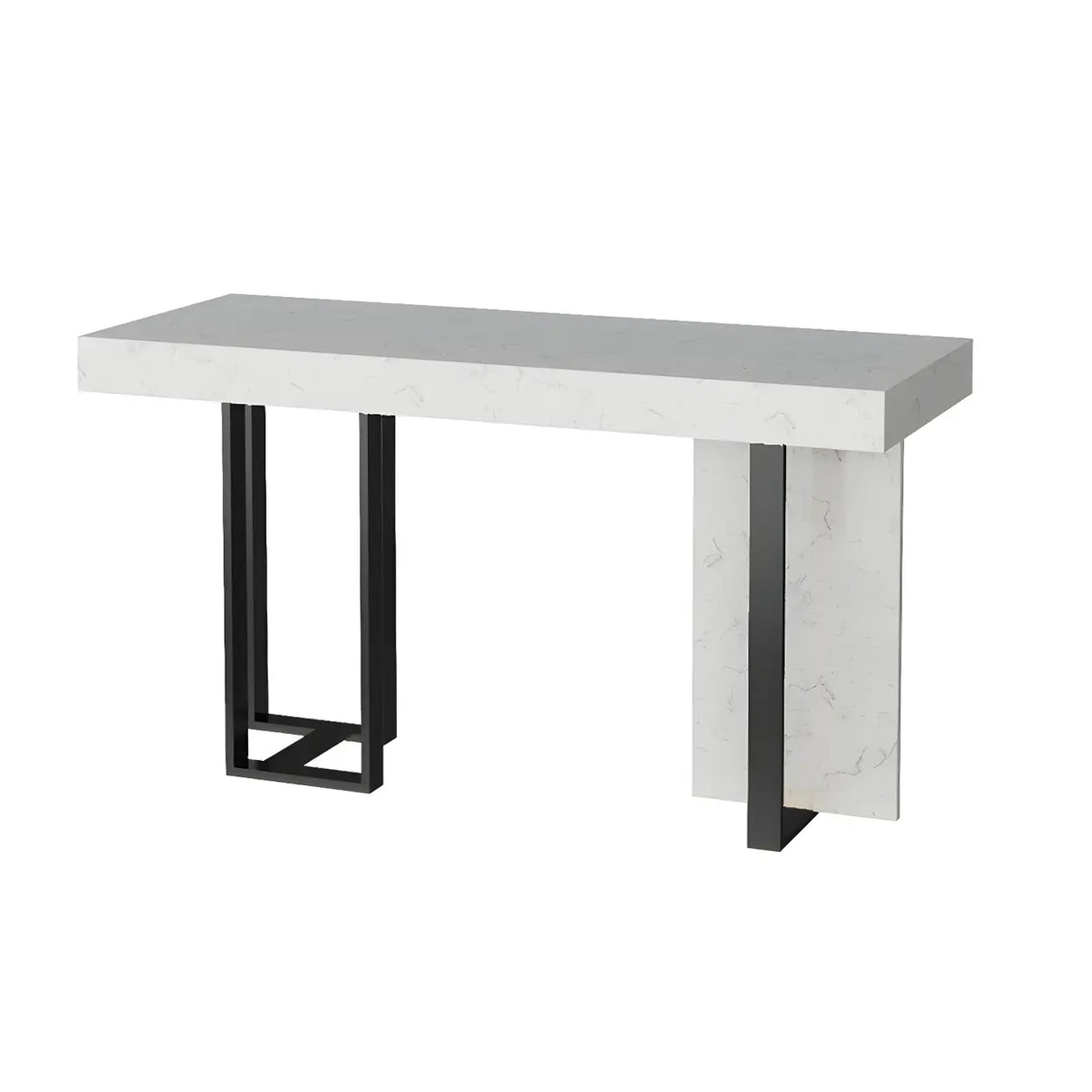
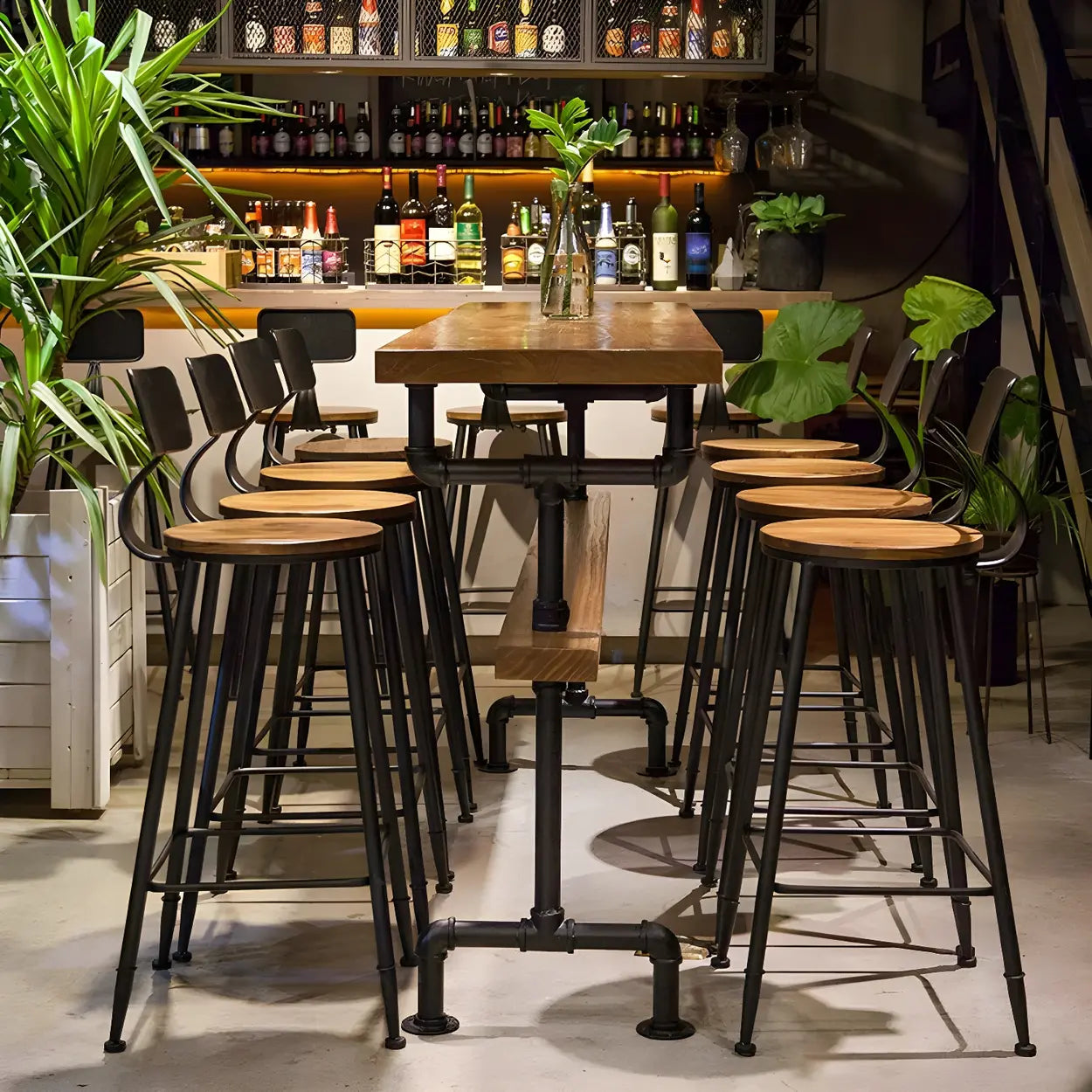

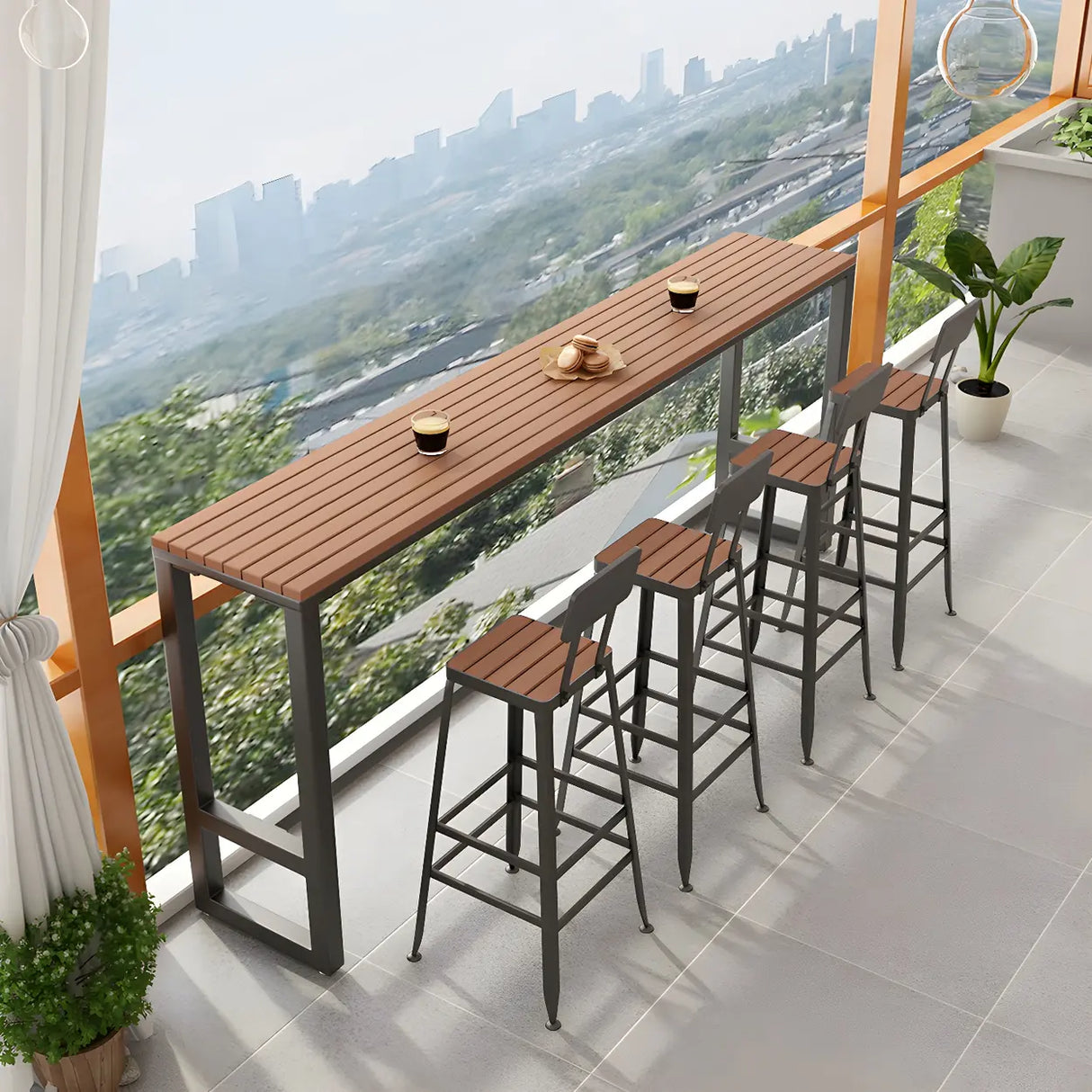
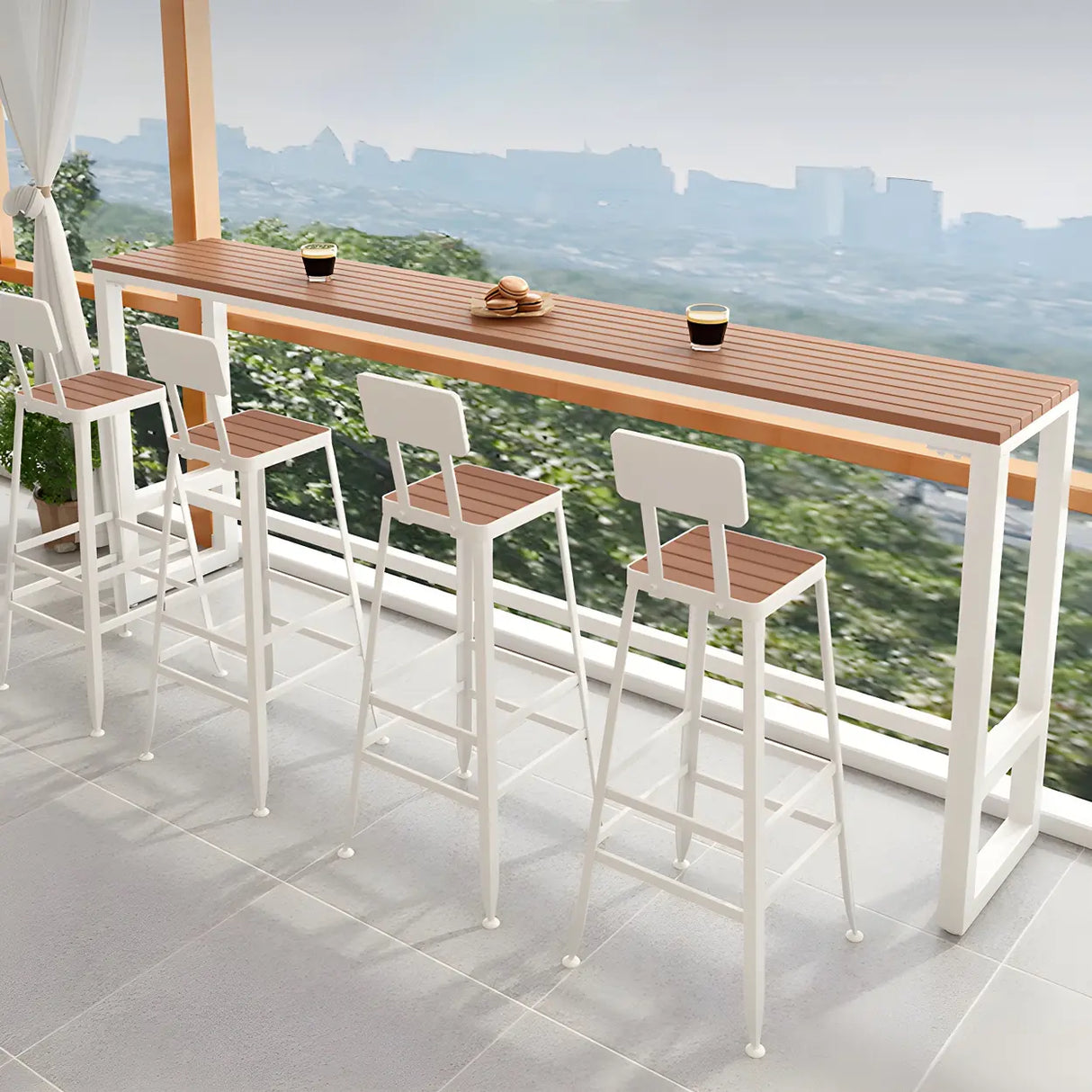


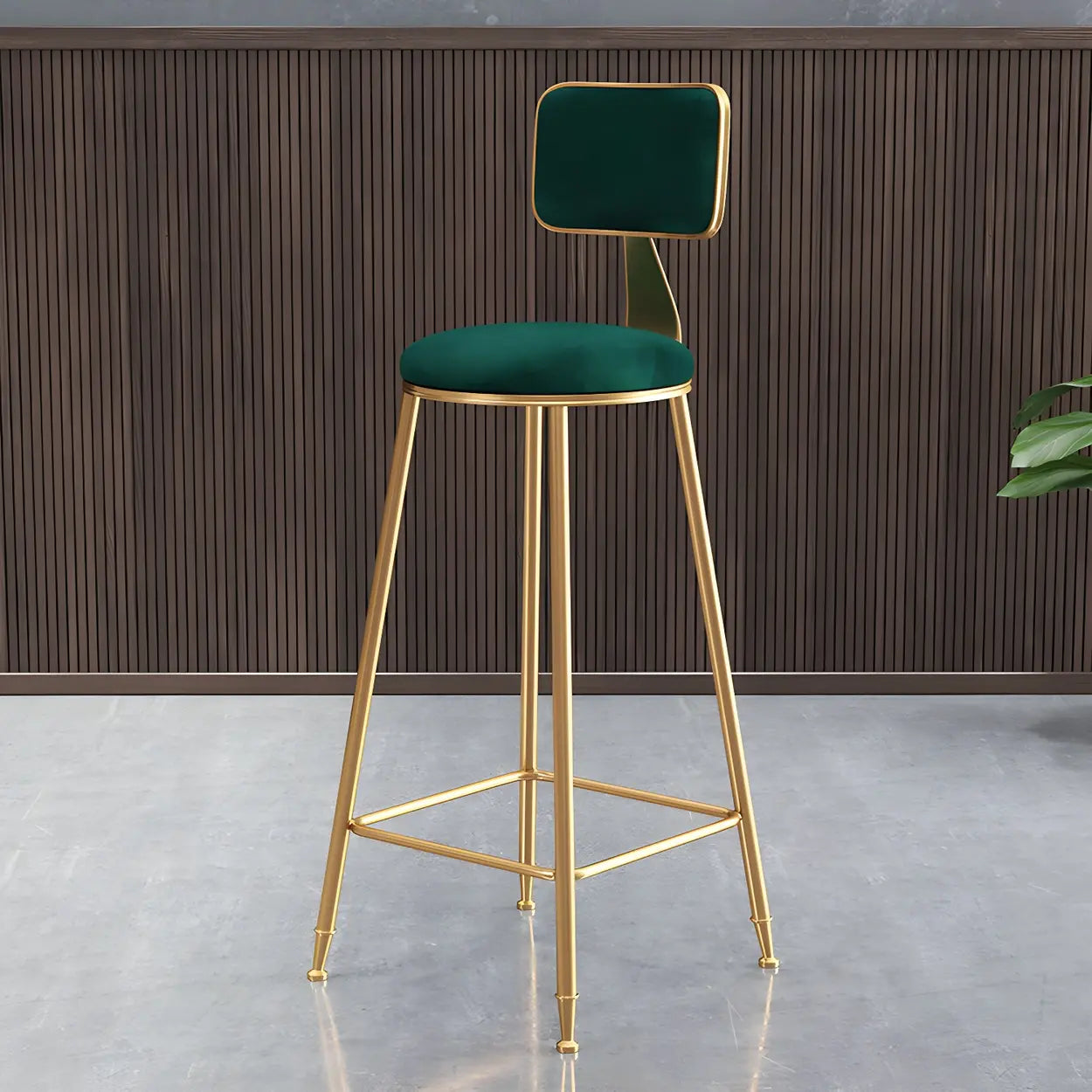
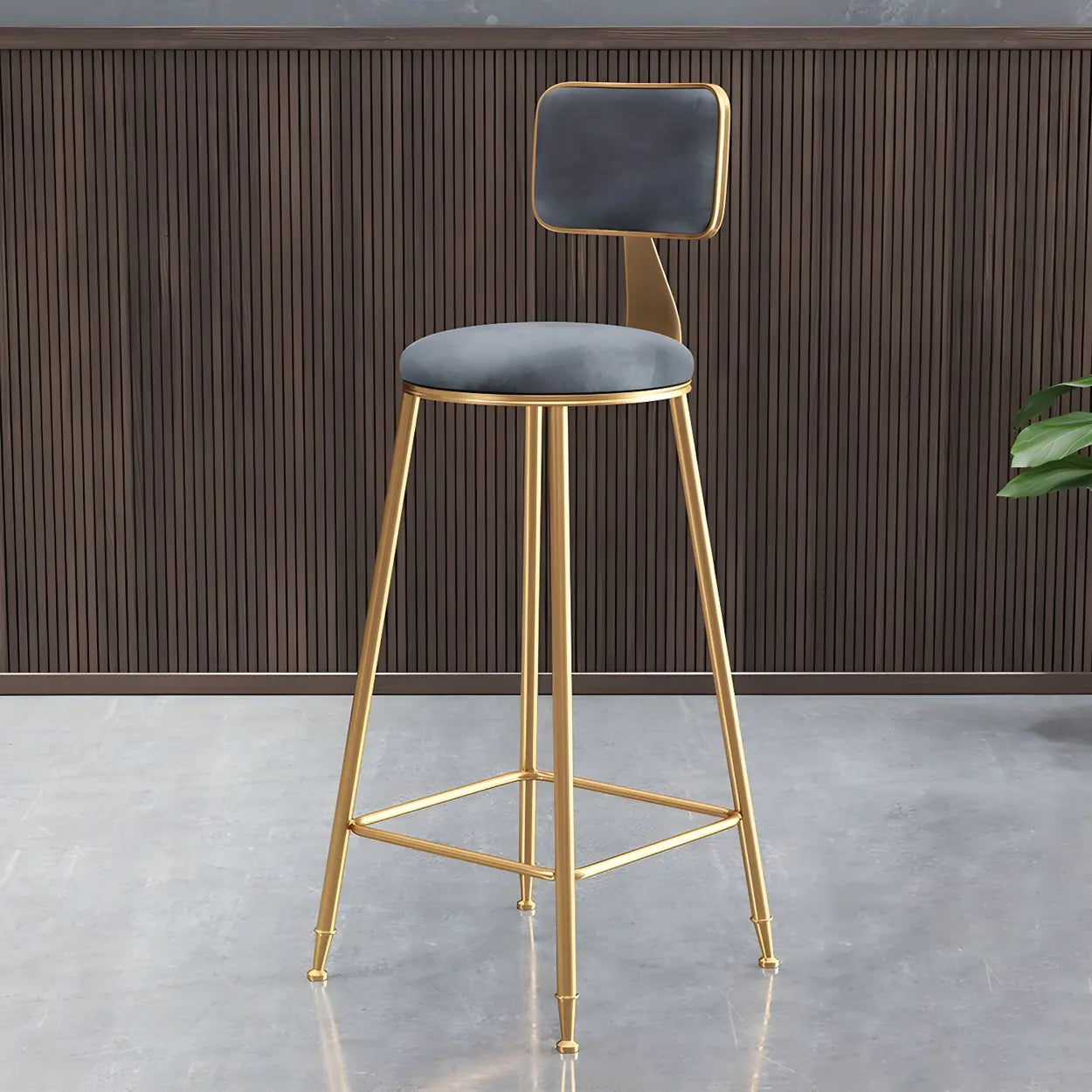
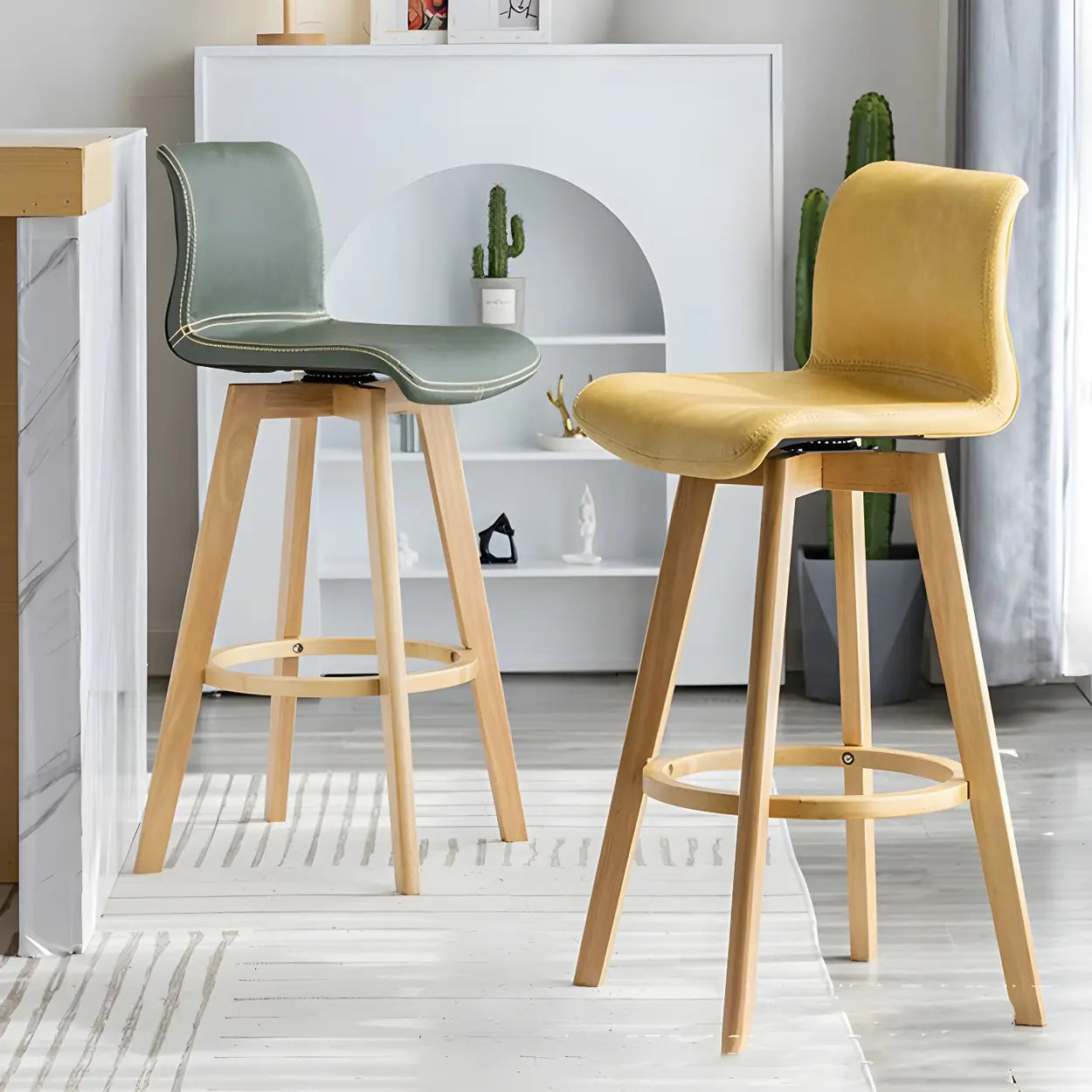
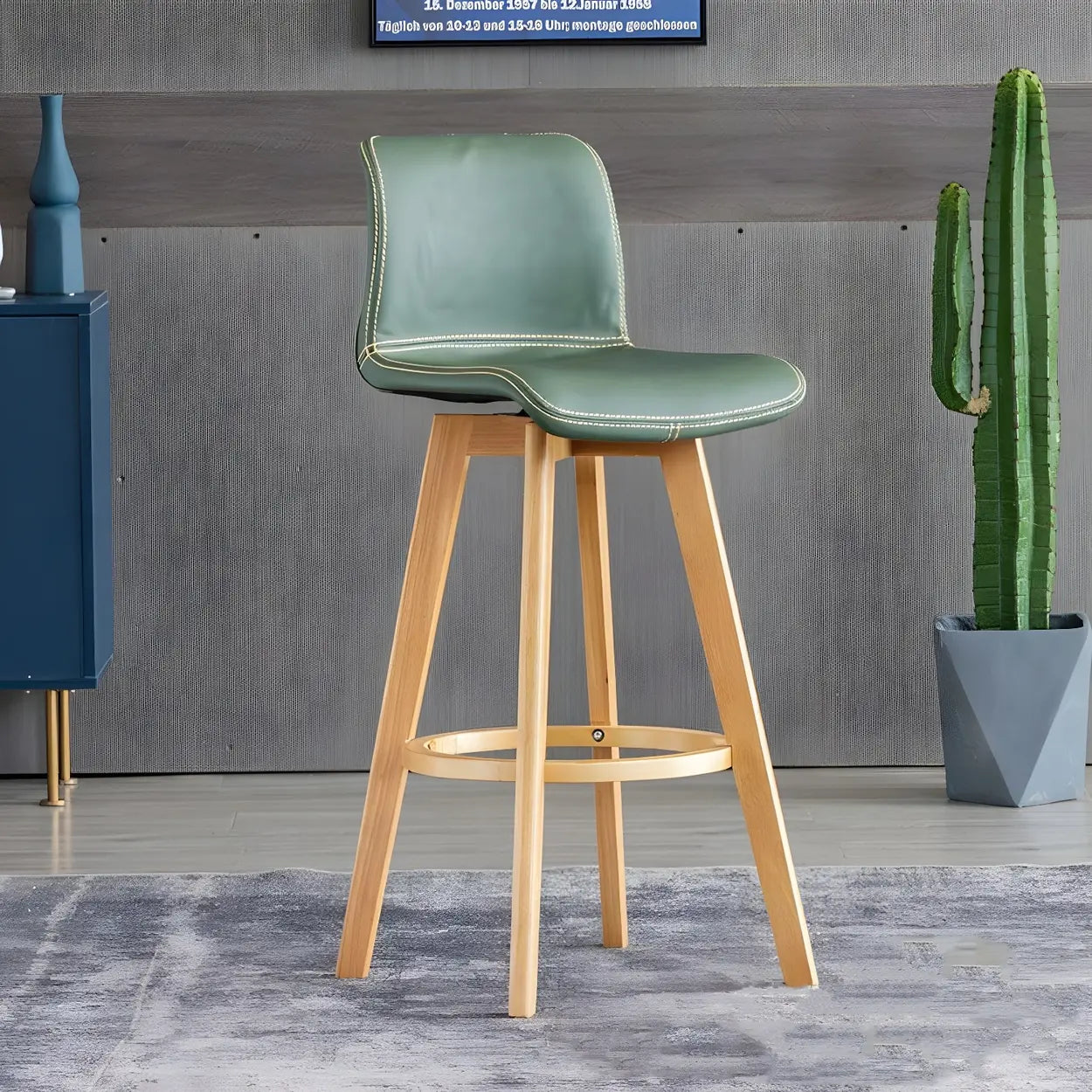



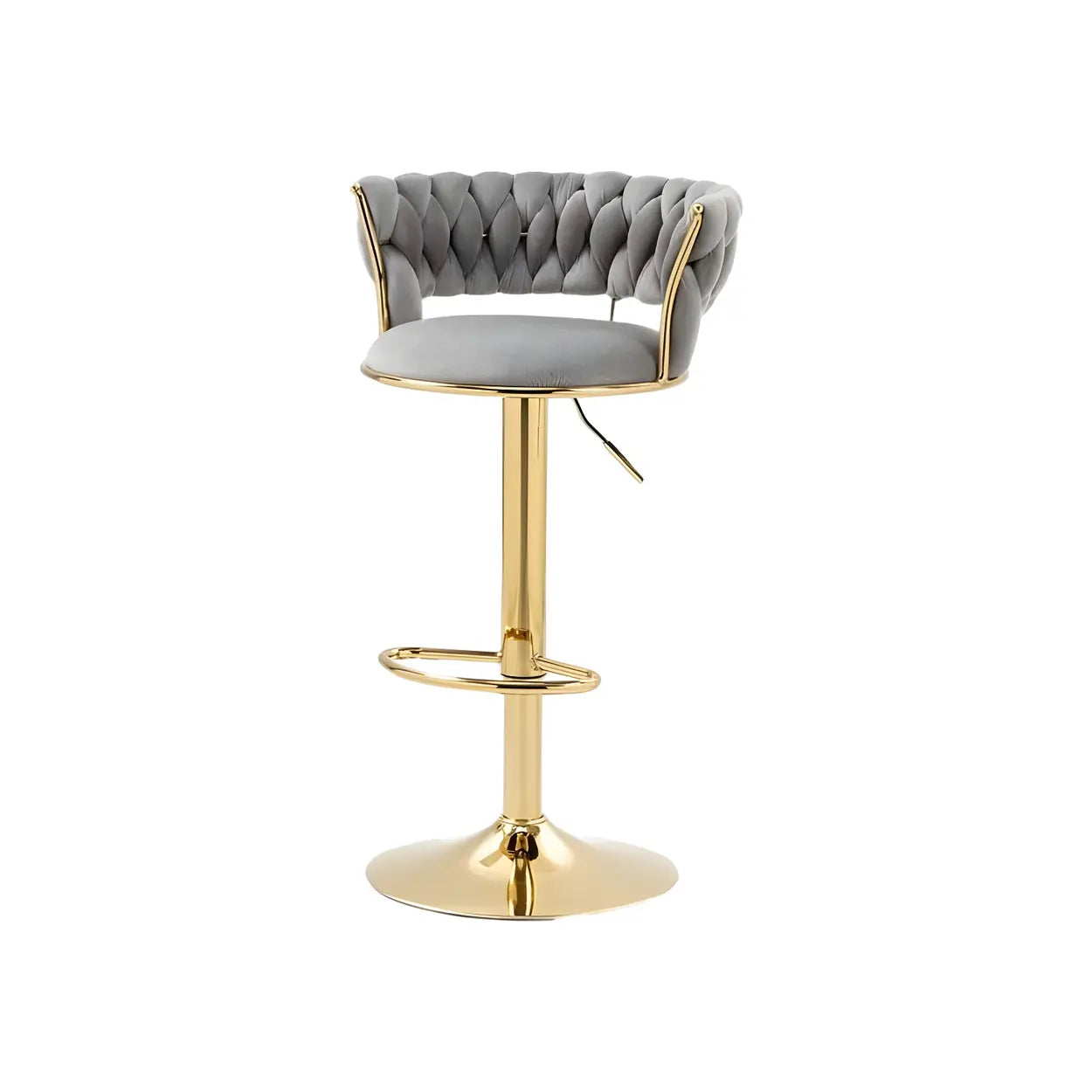
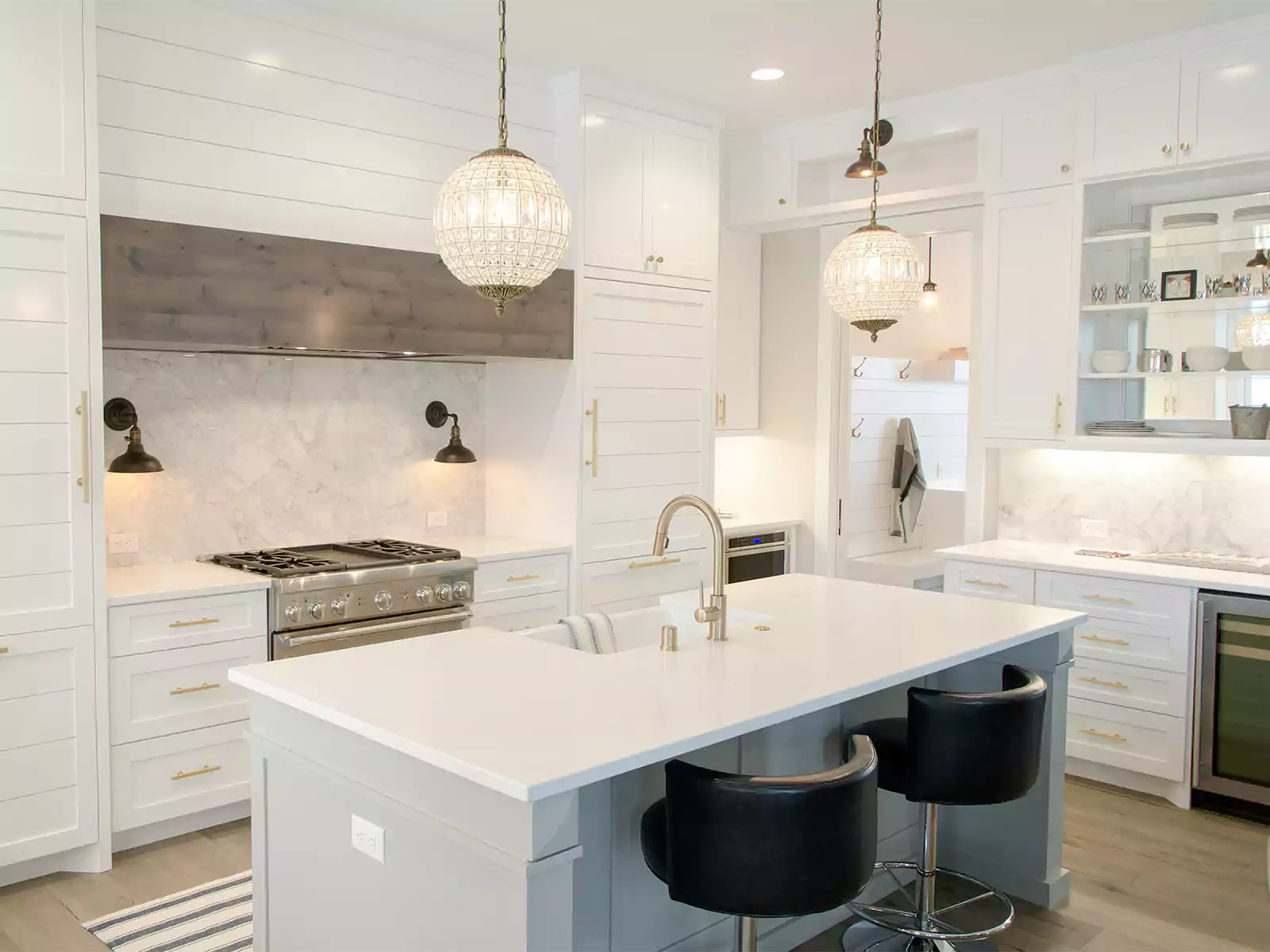


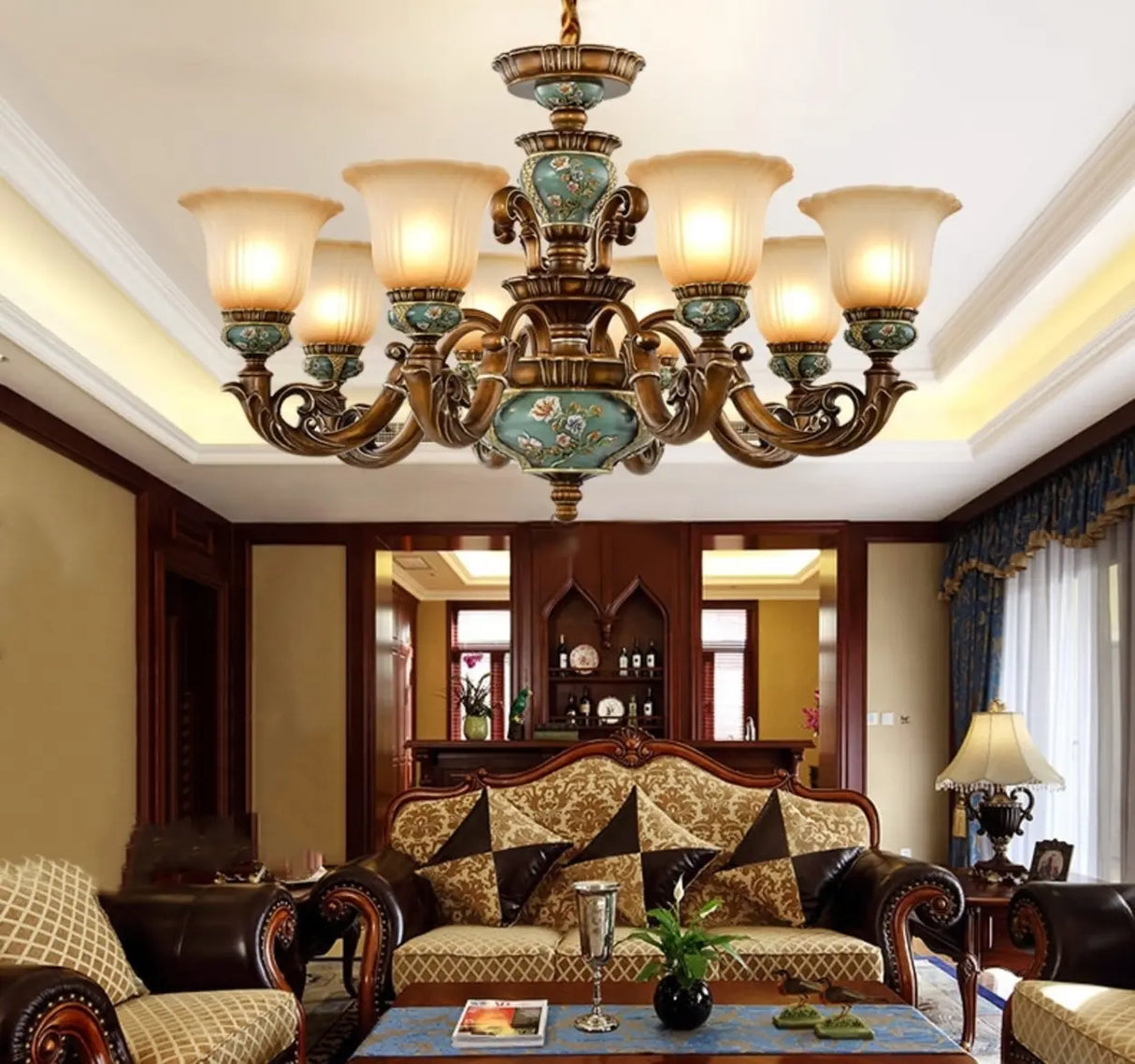
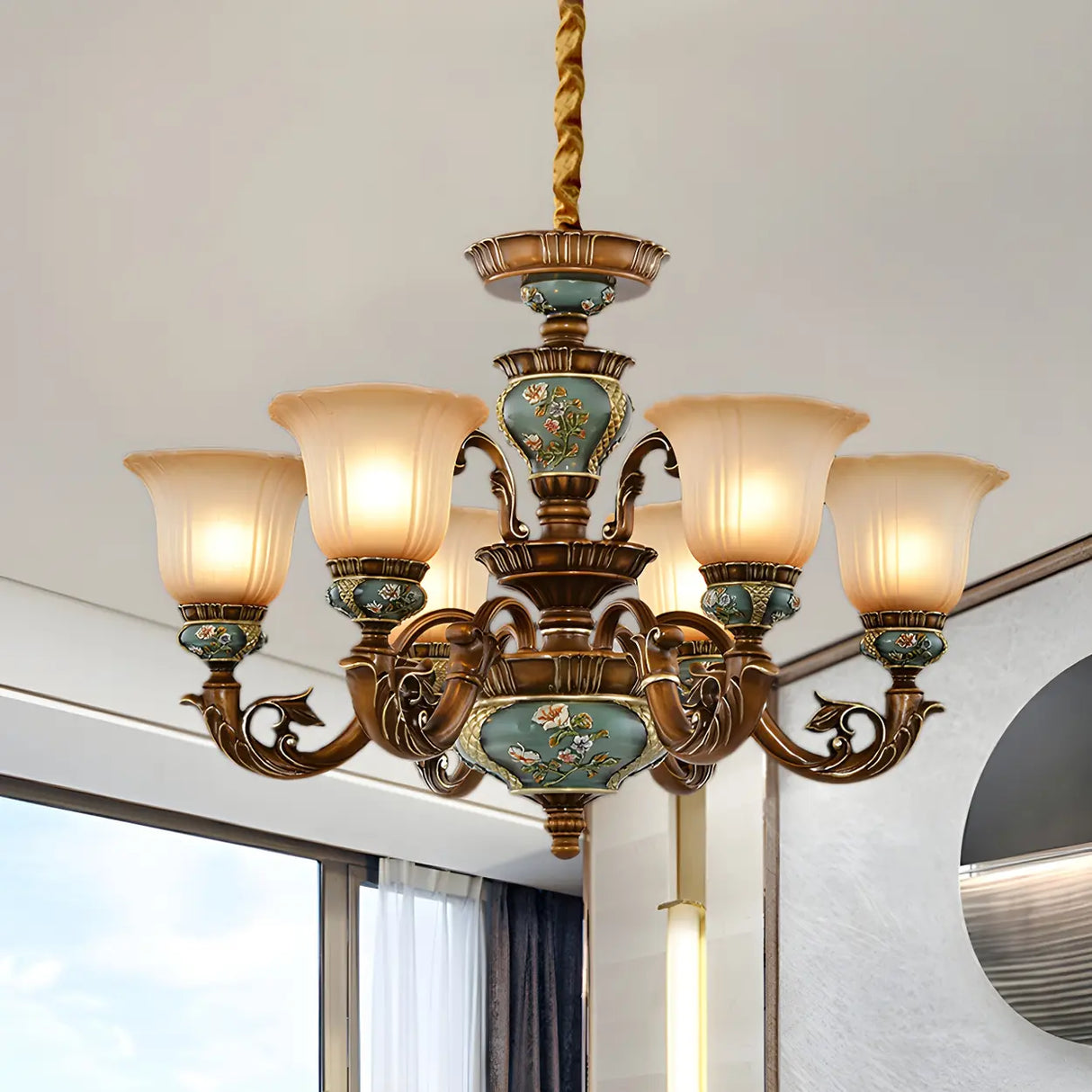
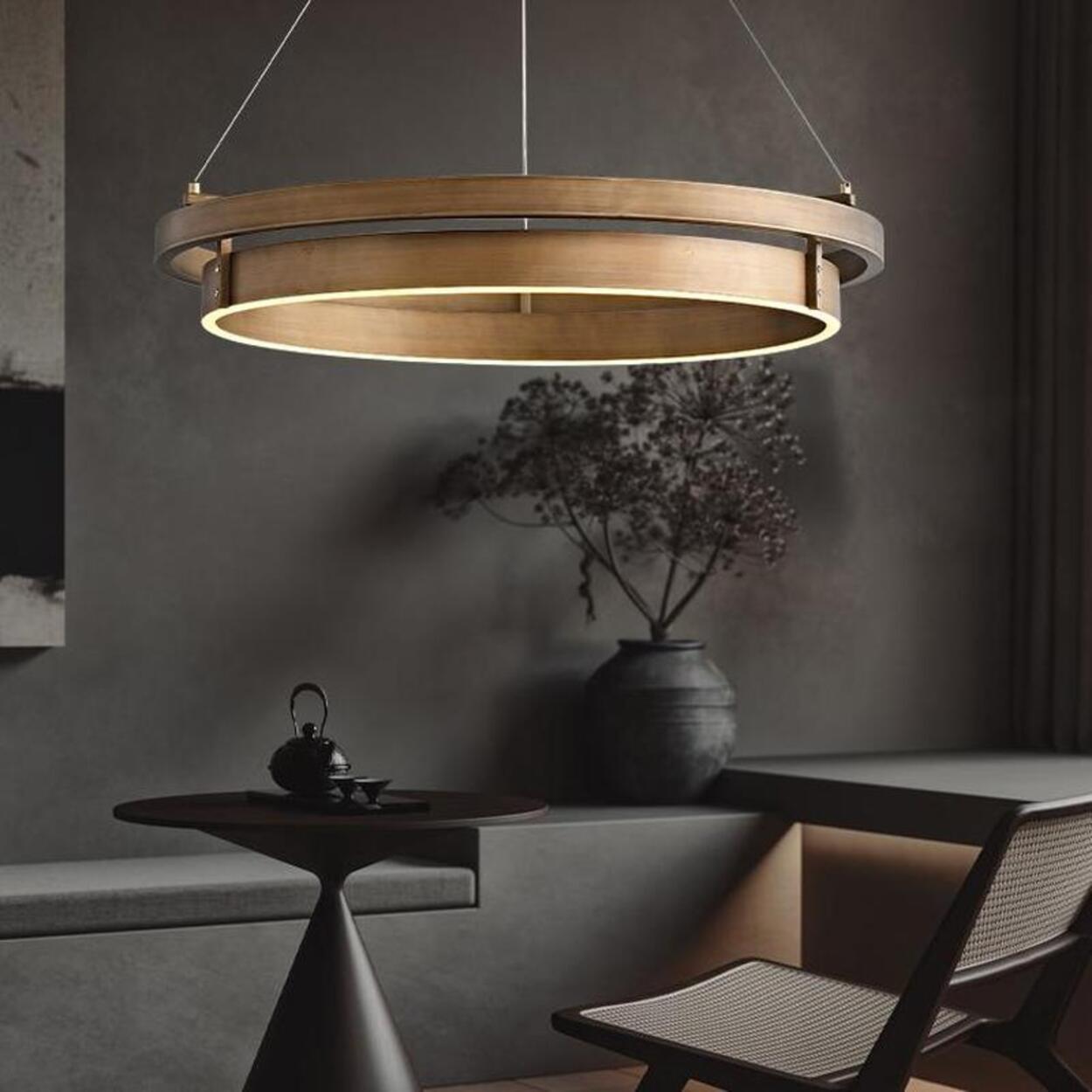
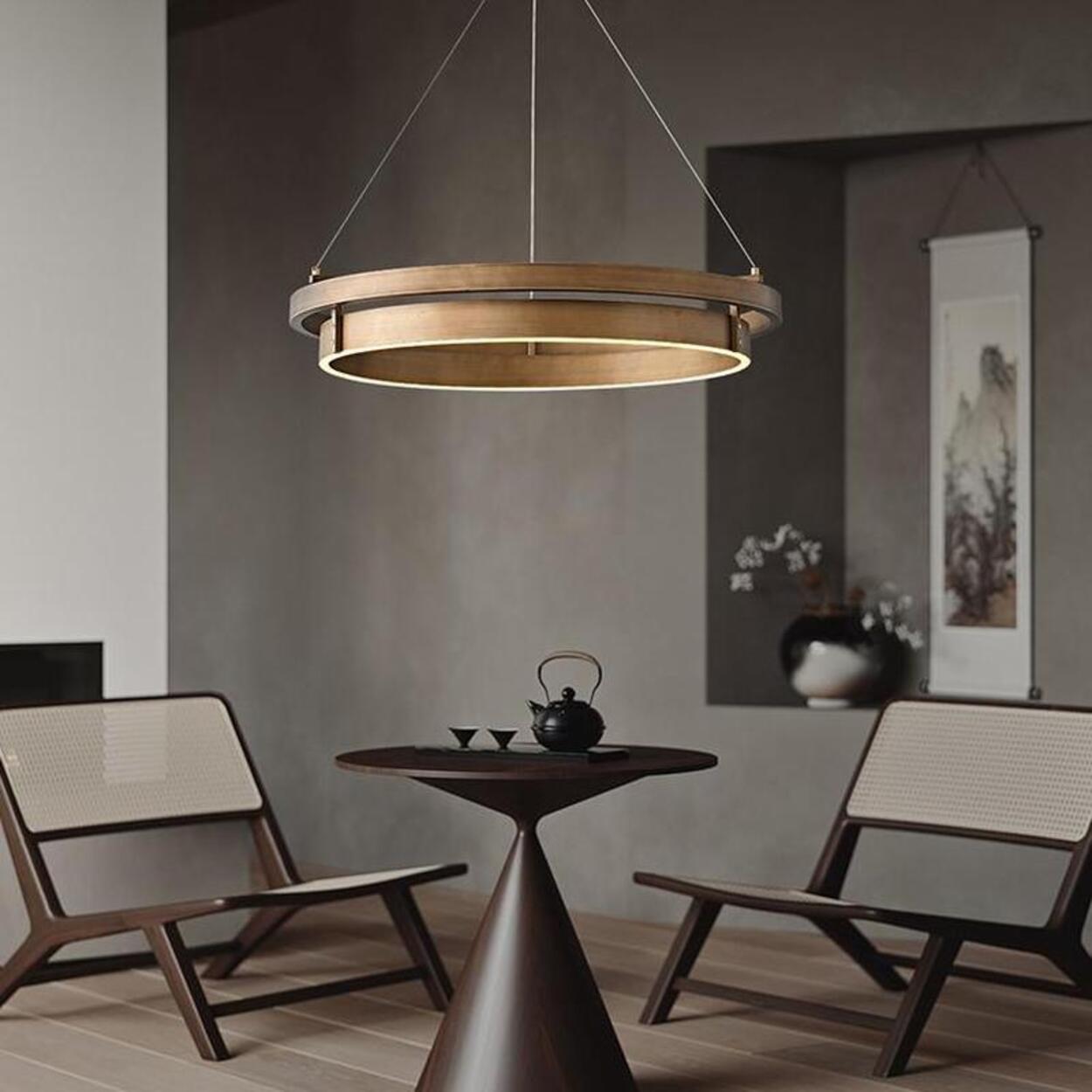
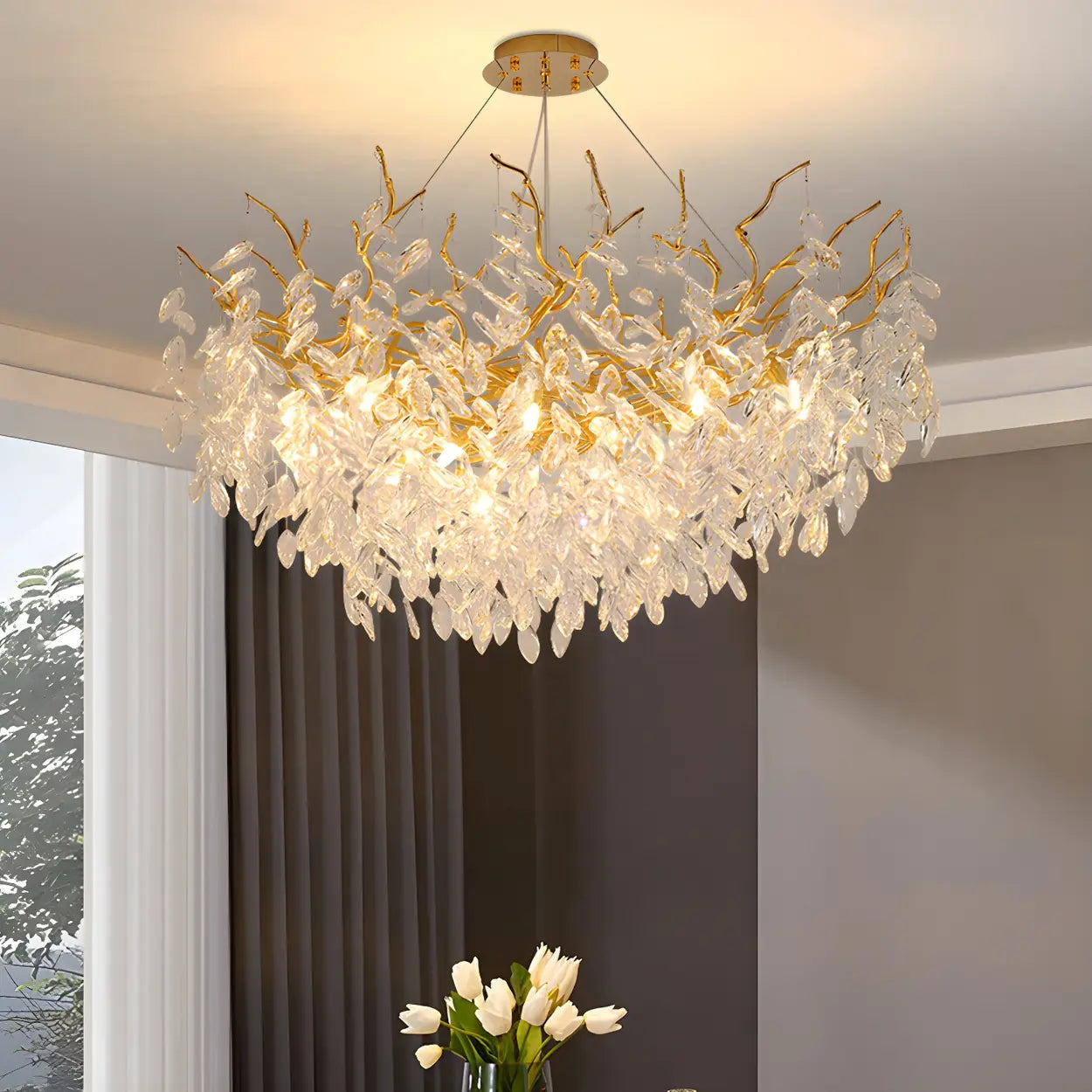
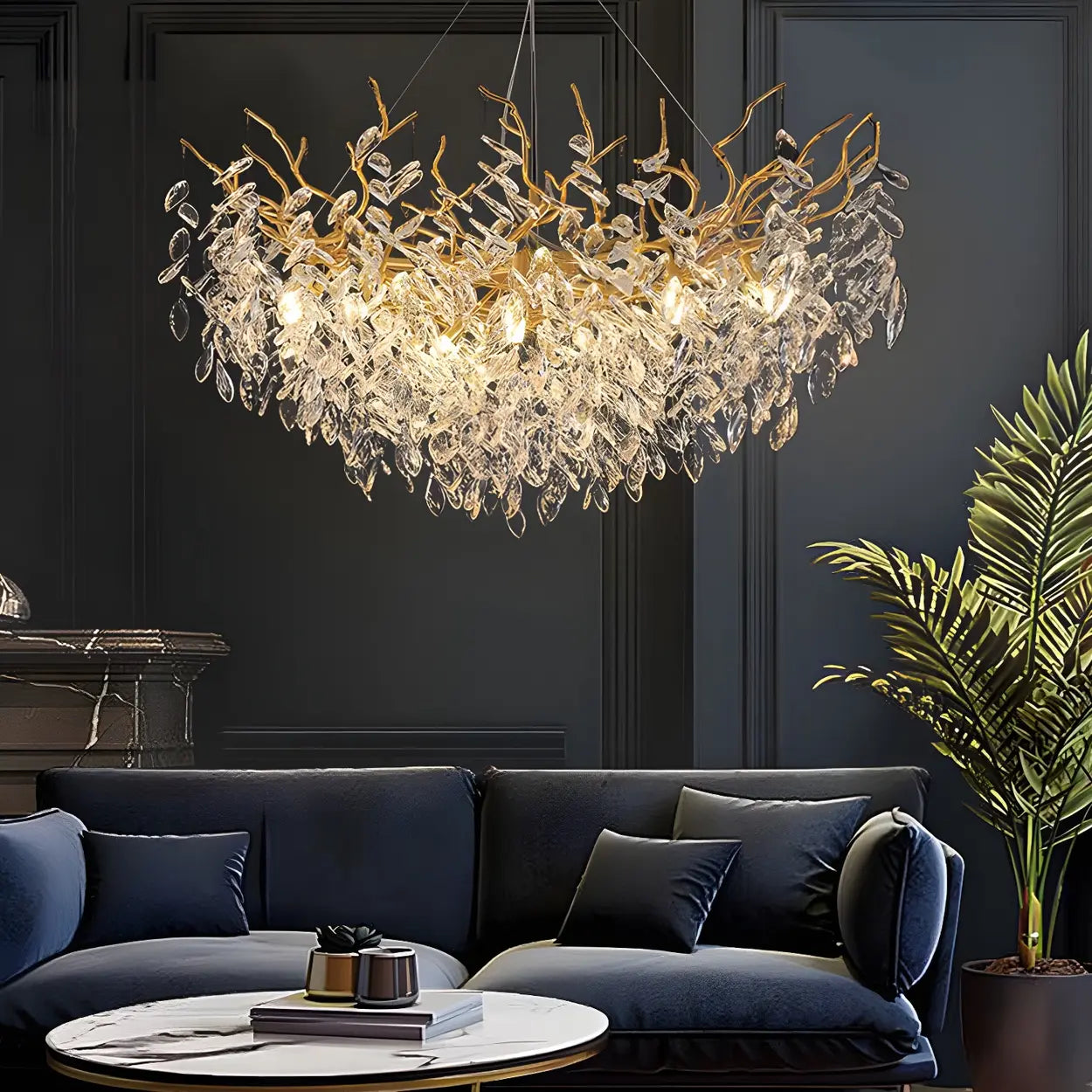
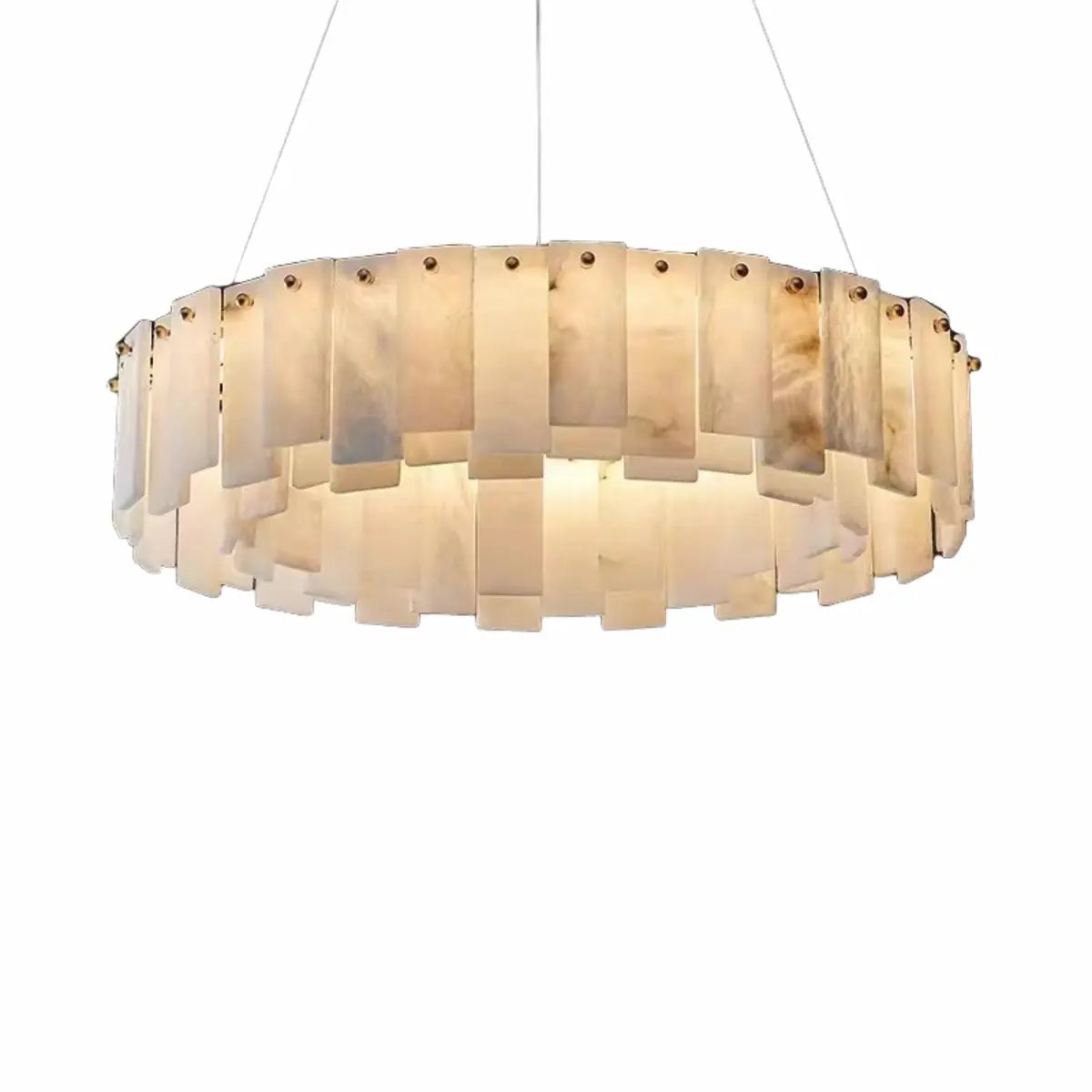

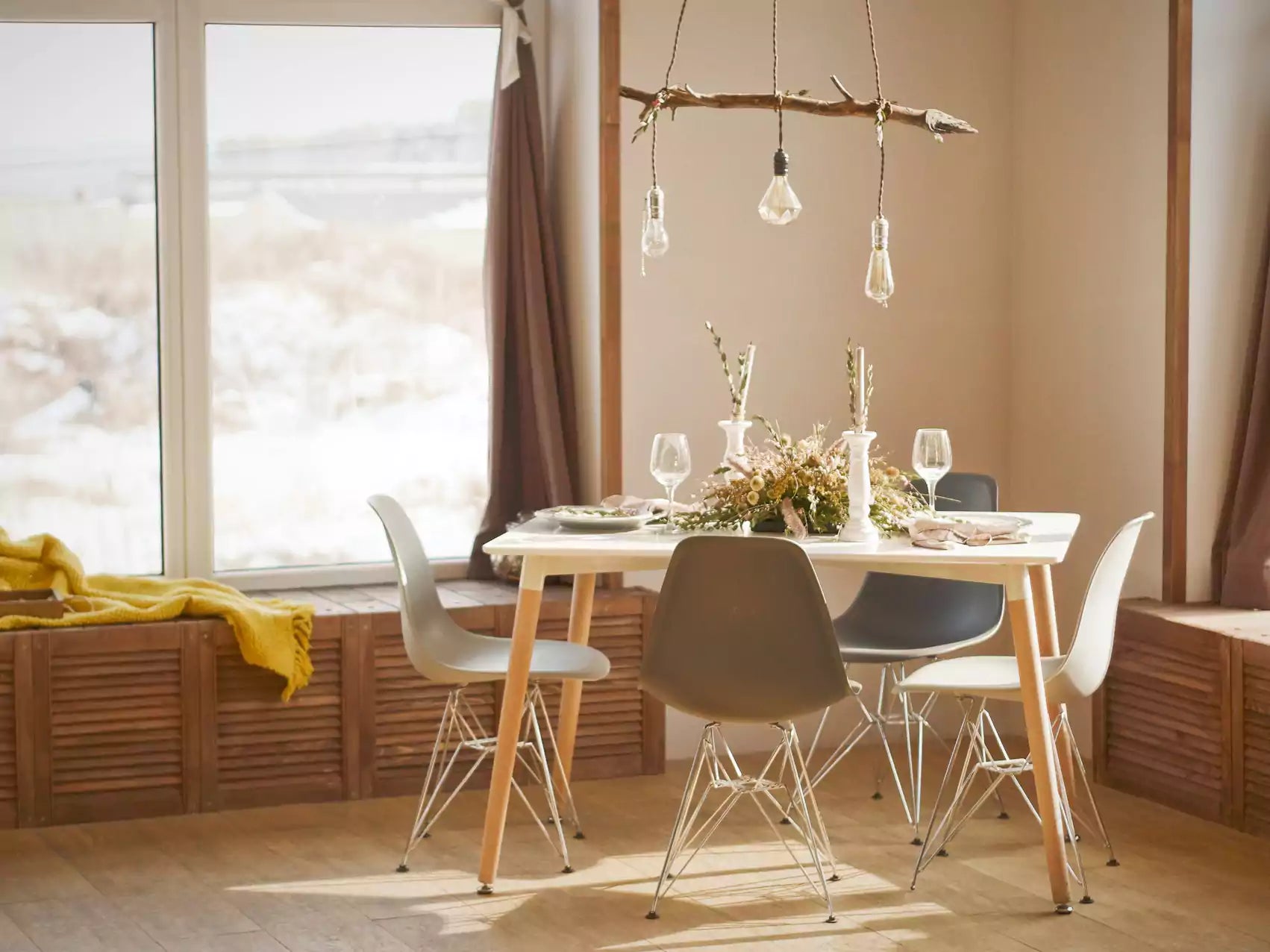
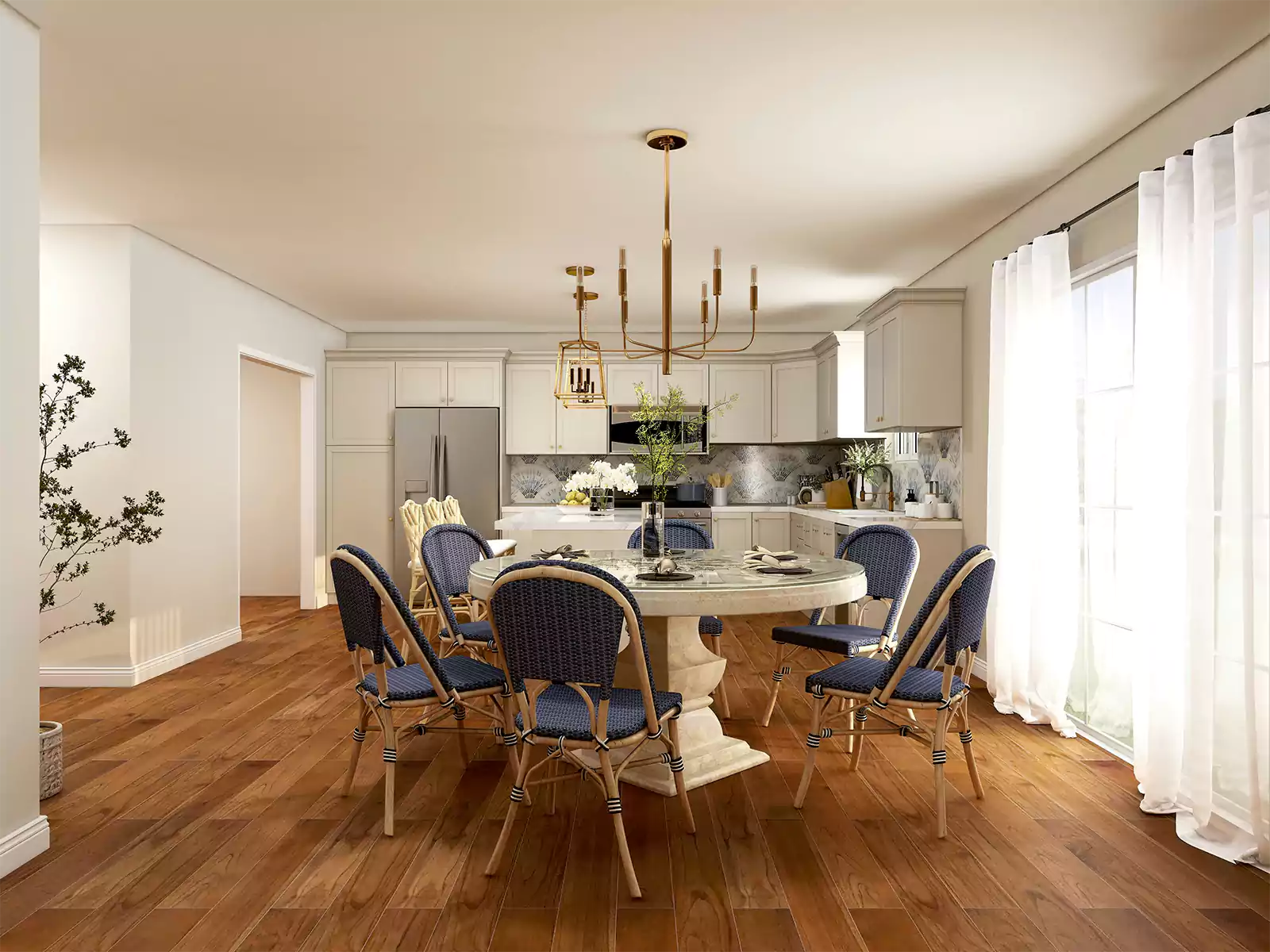
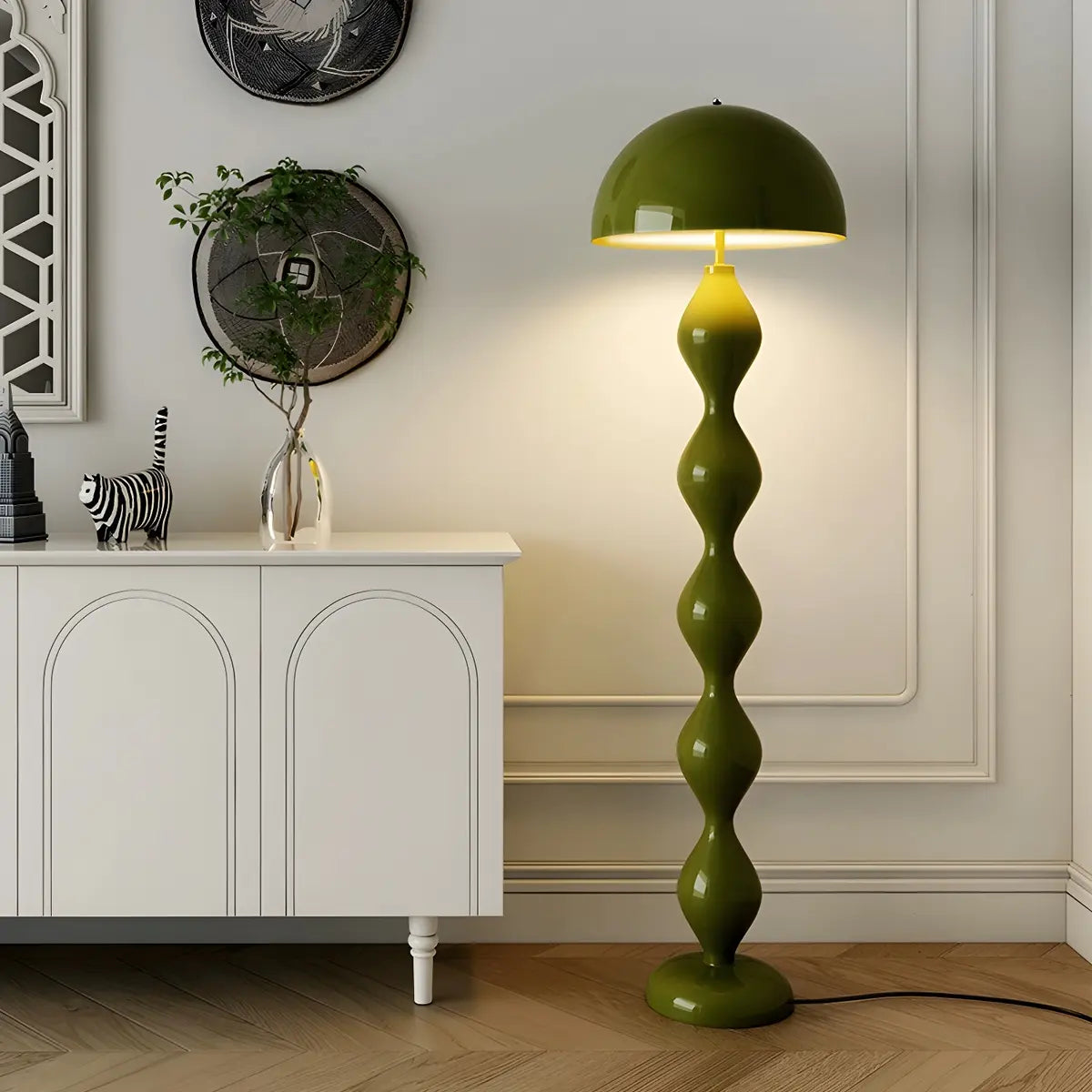
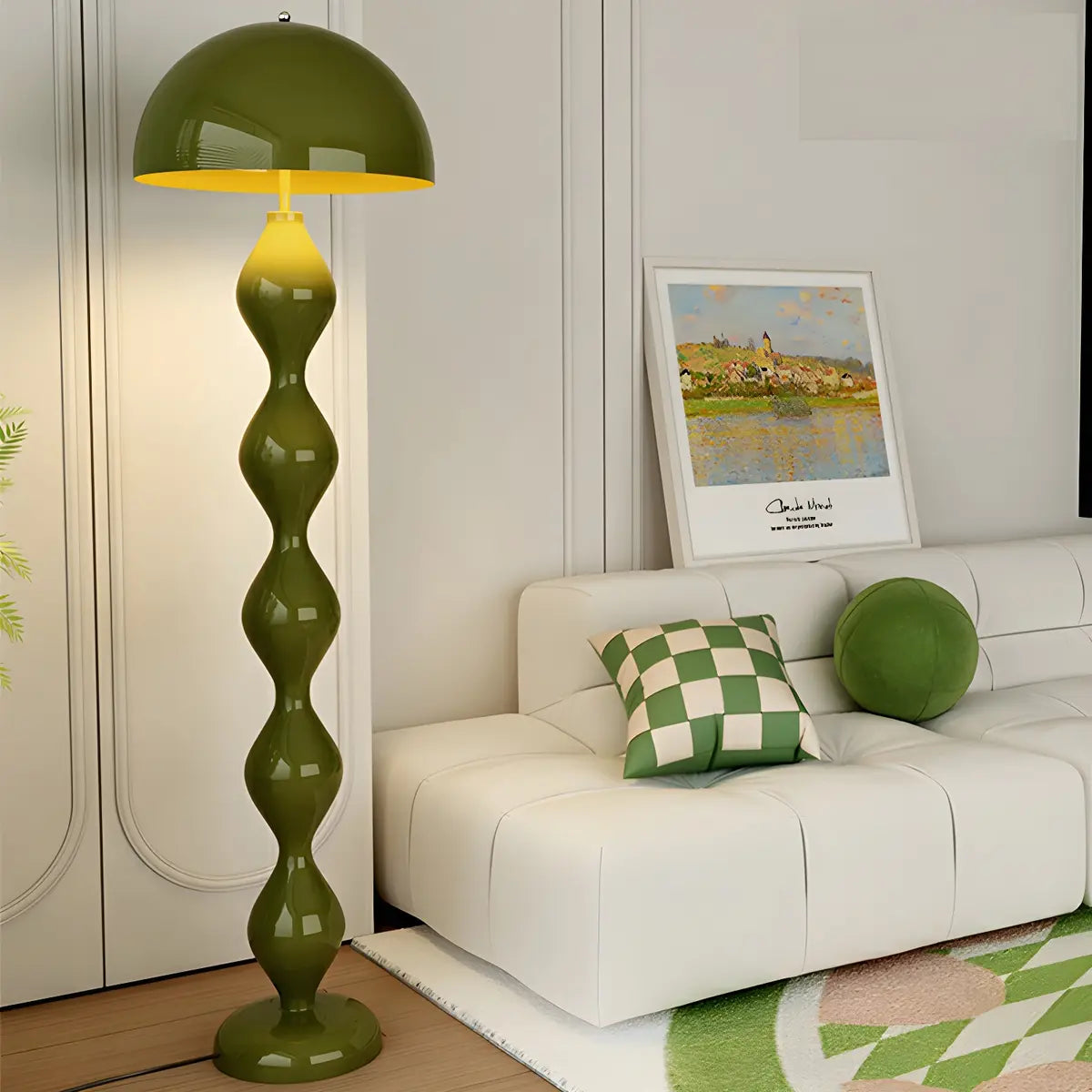
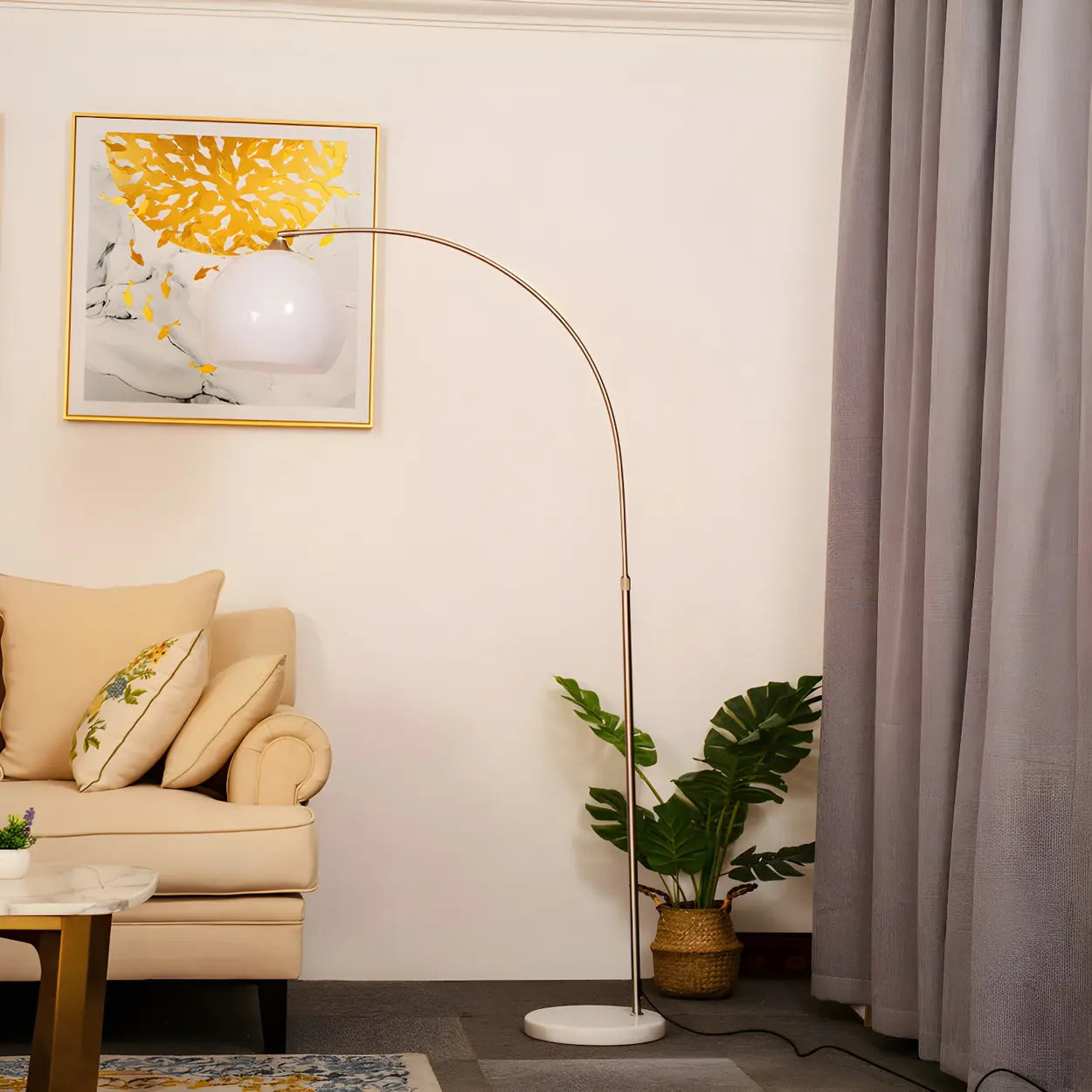
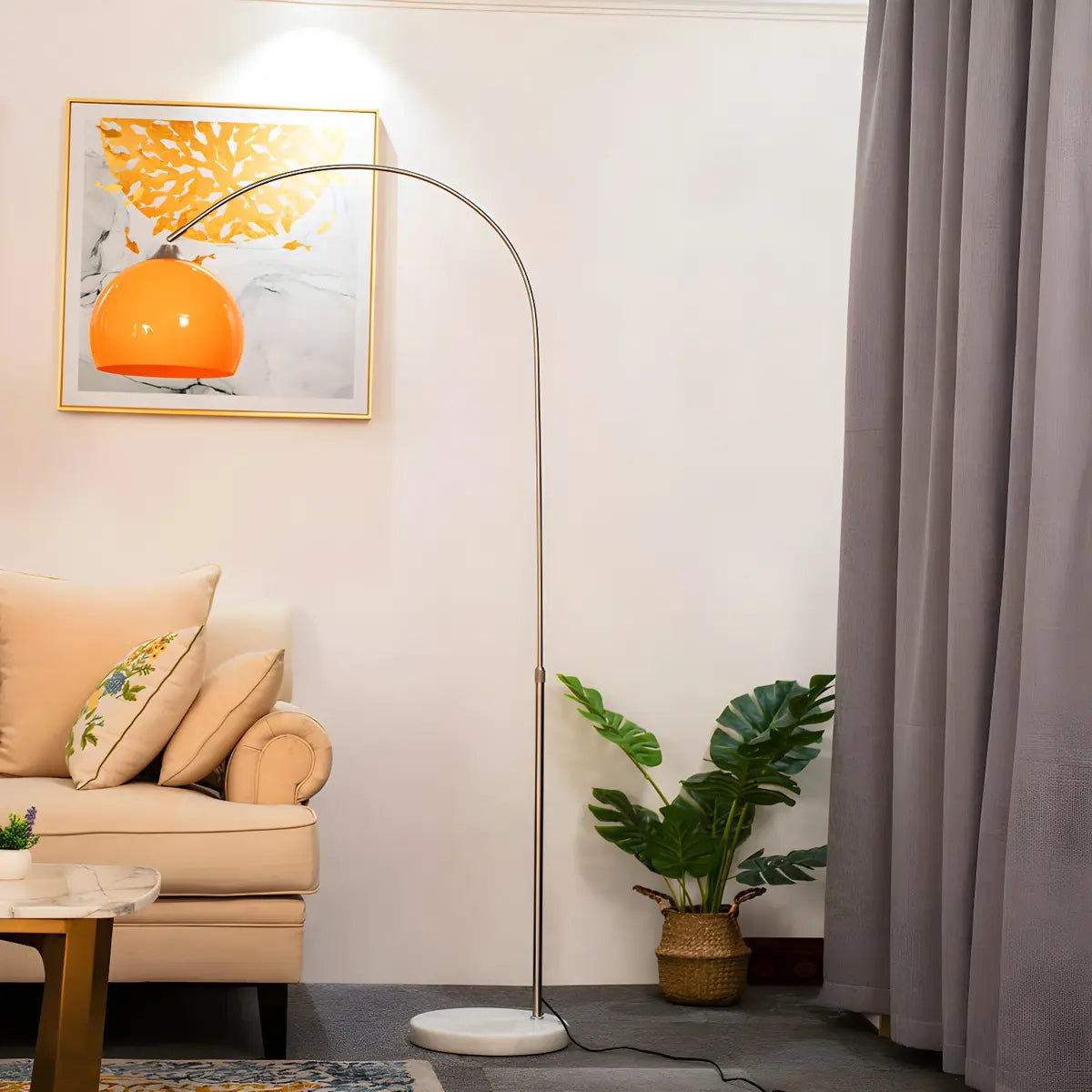
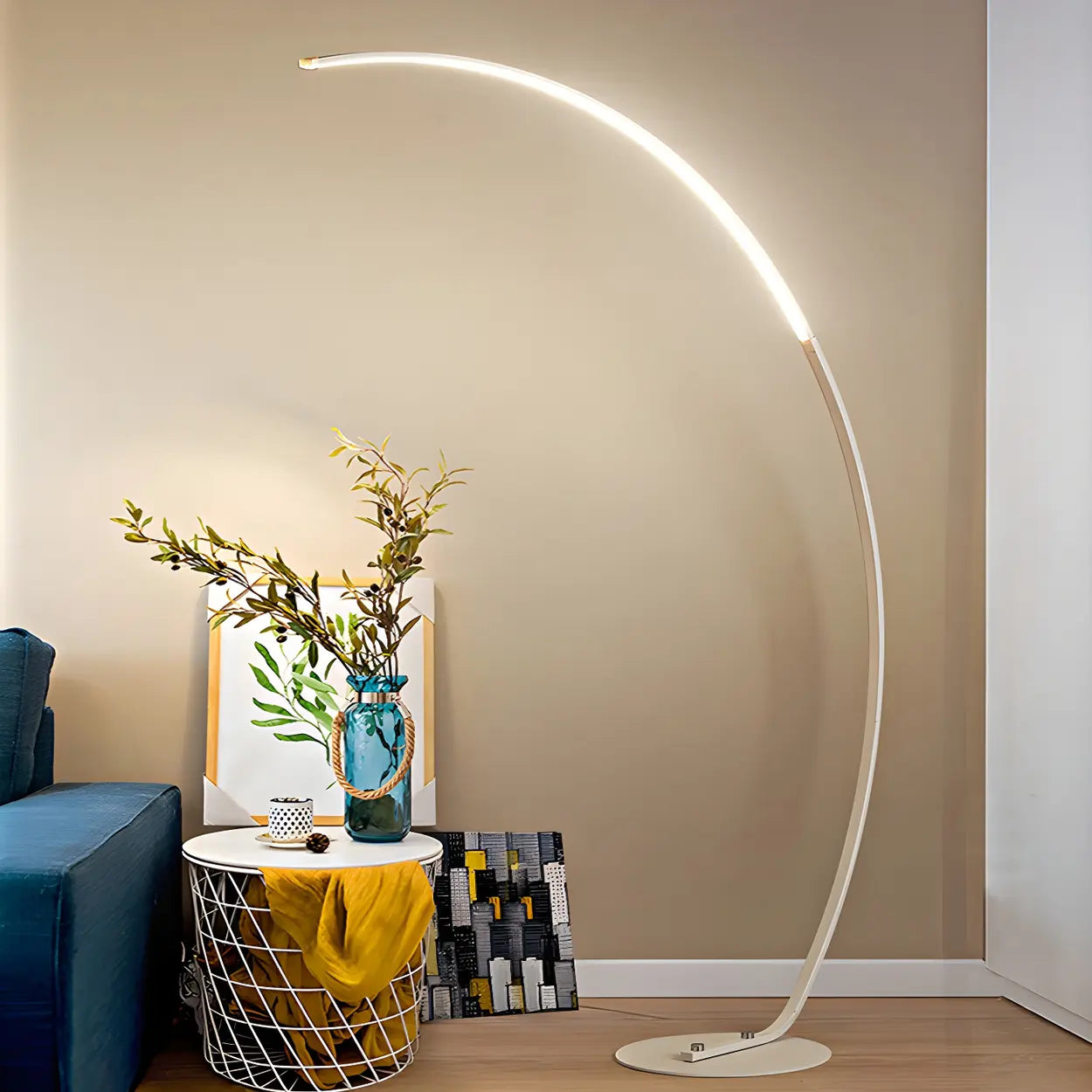

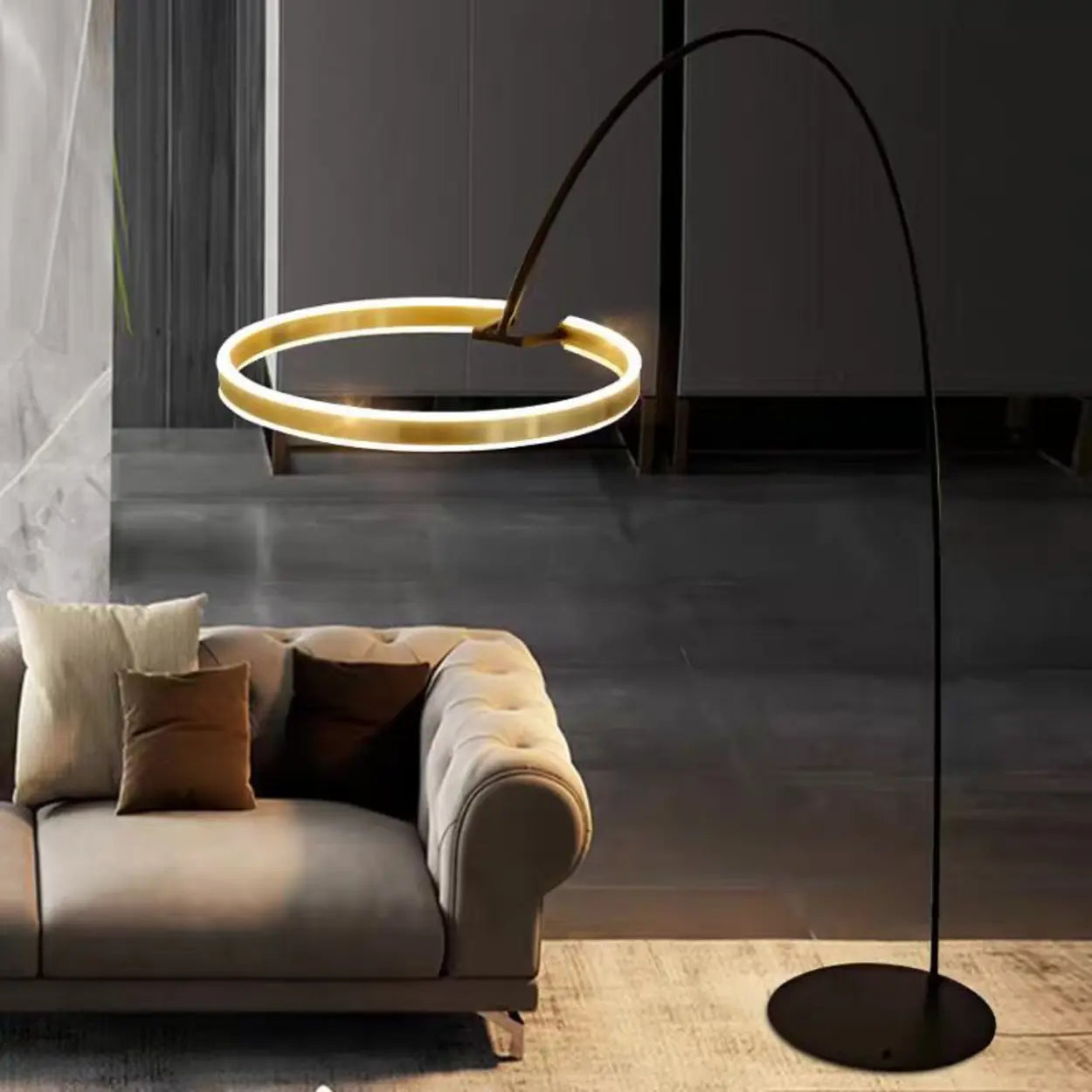

![10 Best Floor Lamp for Reading [2025 Review]](http://www.homebaa.com/cdn/shop/articles/banner_c990b0a4-4743-4902-b6be-5609f7a21a90.webp?v=1747357941)



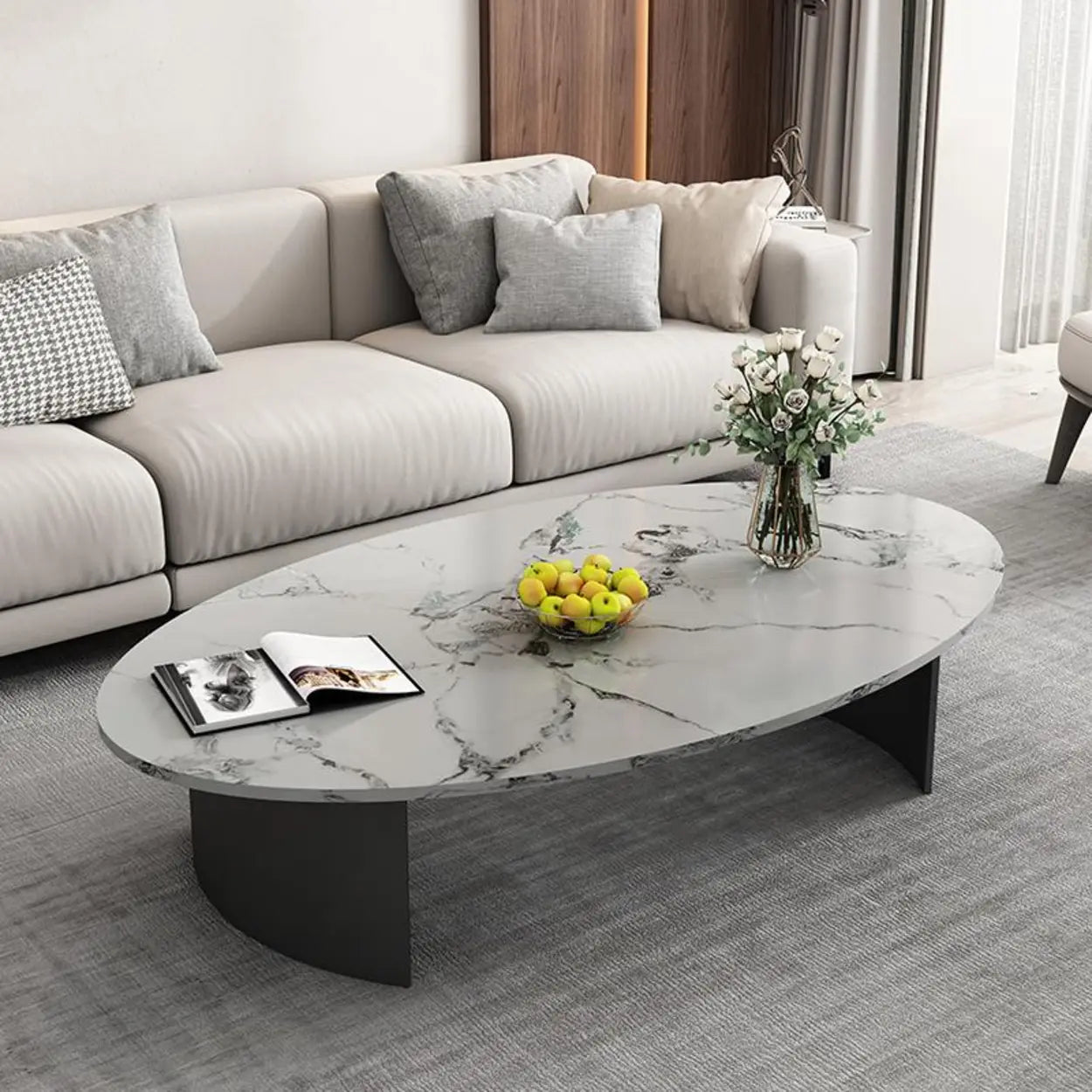
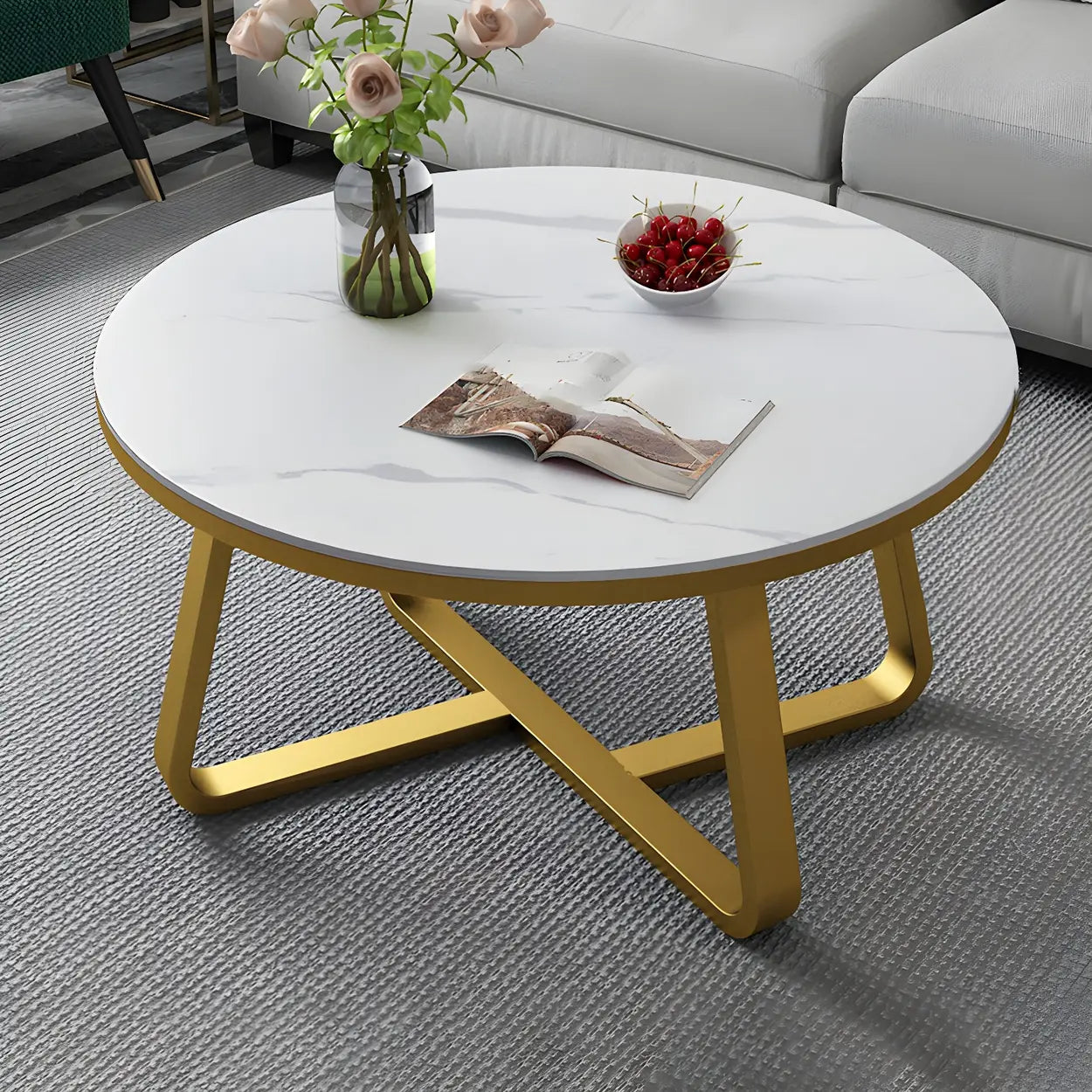
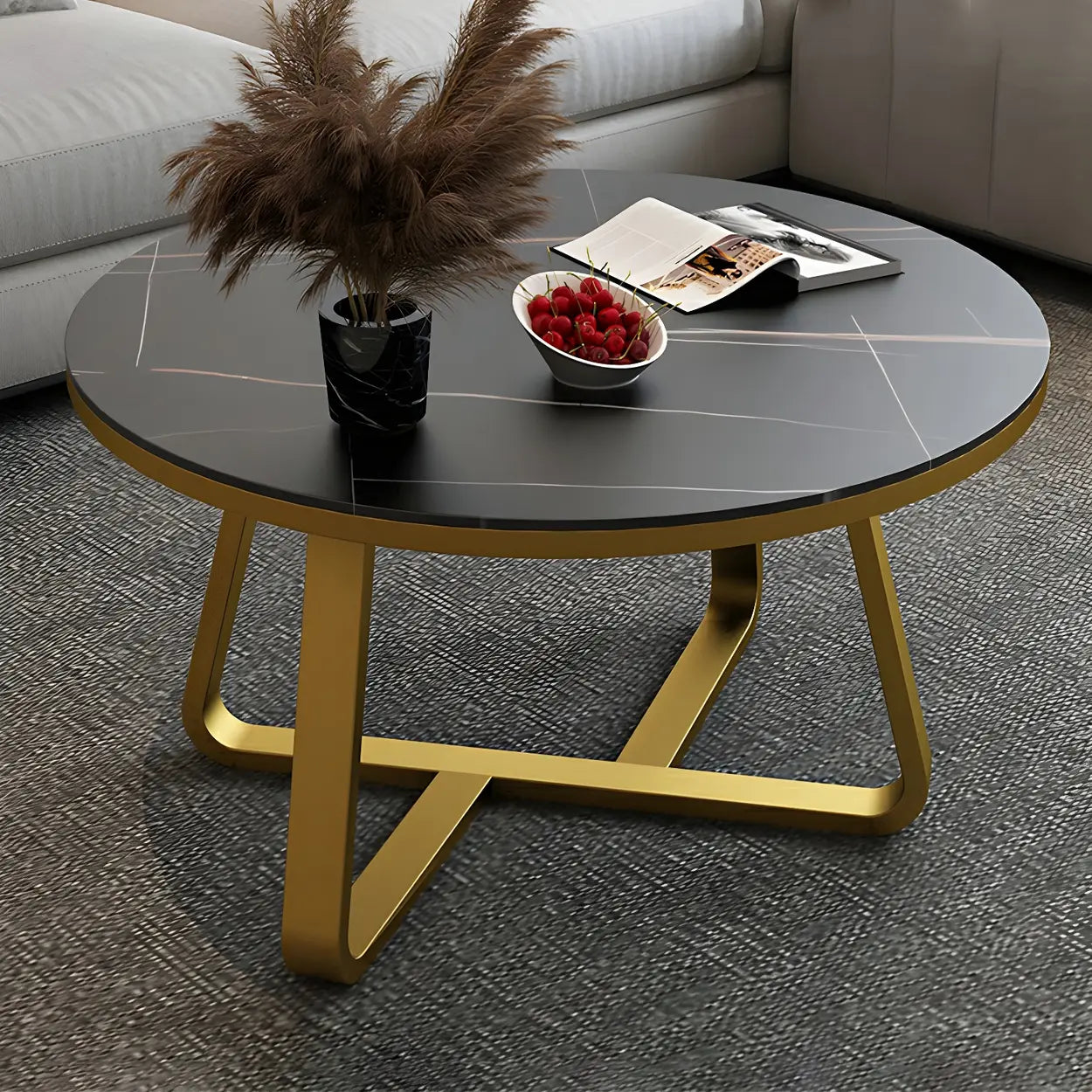
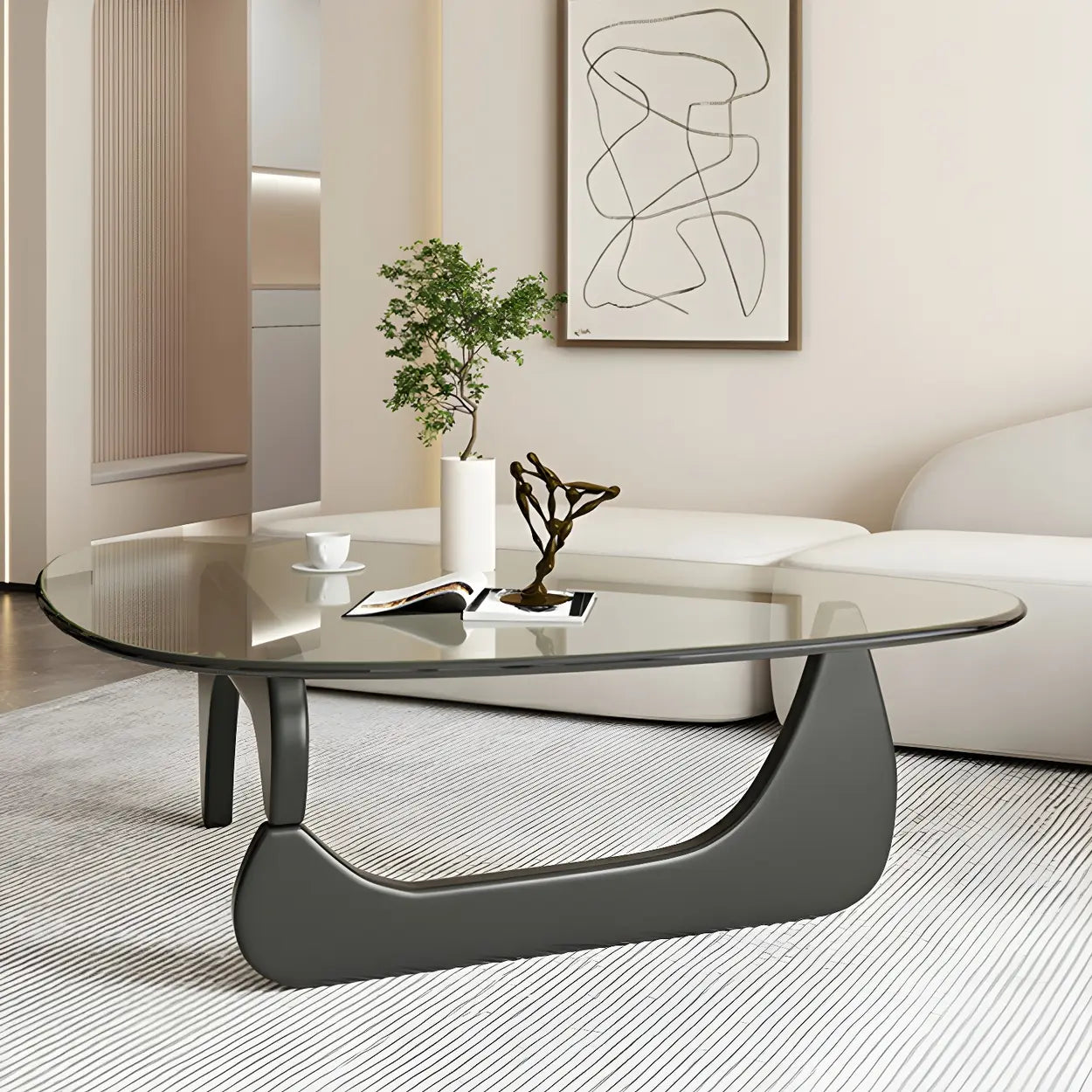
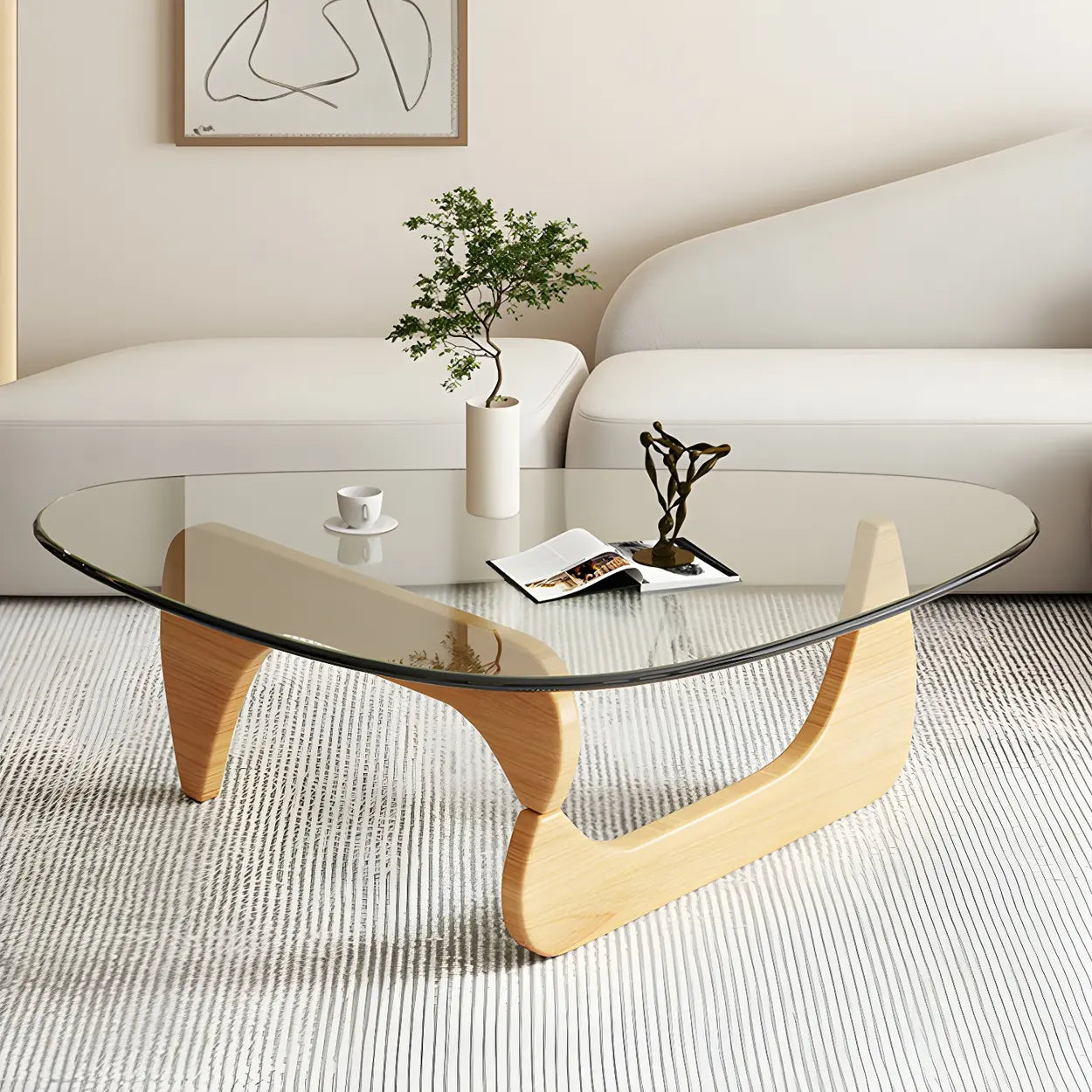



![How to Choose the Coffee Table Height? [2025 Newest Guide]](http://www.homebaa.com/cdn/shop/articles/coffee-table-height.webp?v=1749523259)
